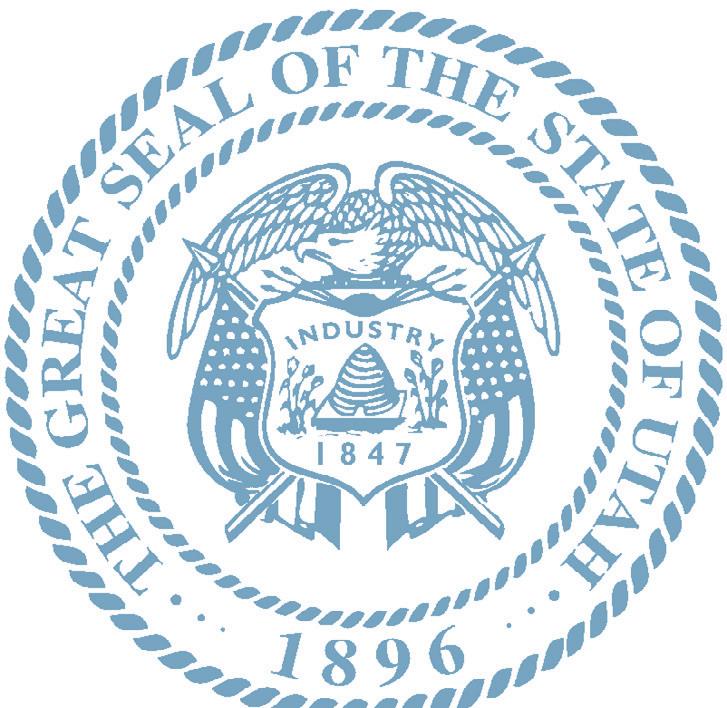Population
Education
Workforce
Transportation
Government
Real Estate
Public Utilities
Quality of Life








Population
Education
Workforce
Transportation
Government
Real Estate
Public Utilities
Quality of Life








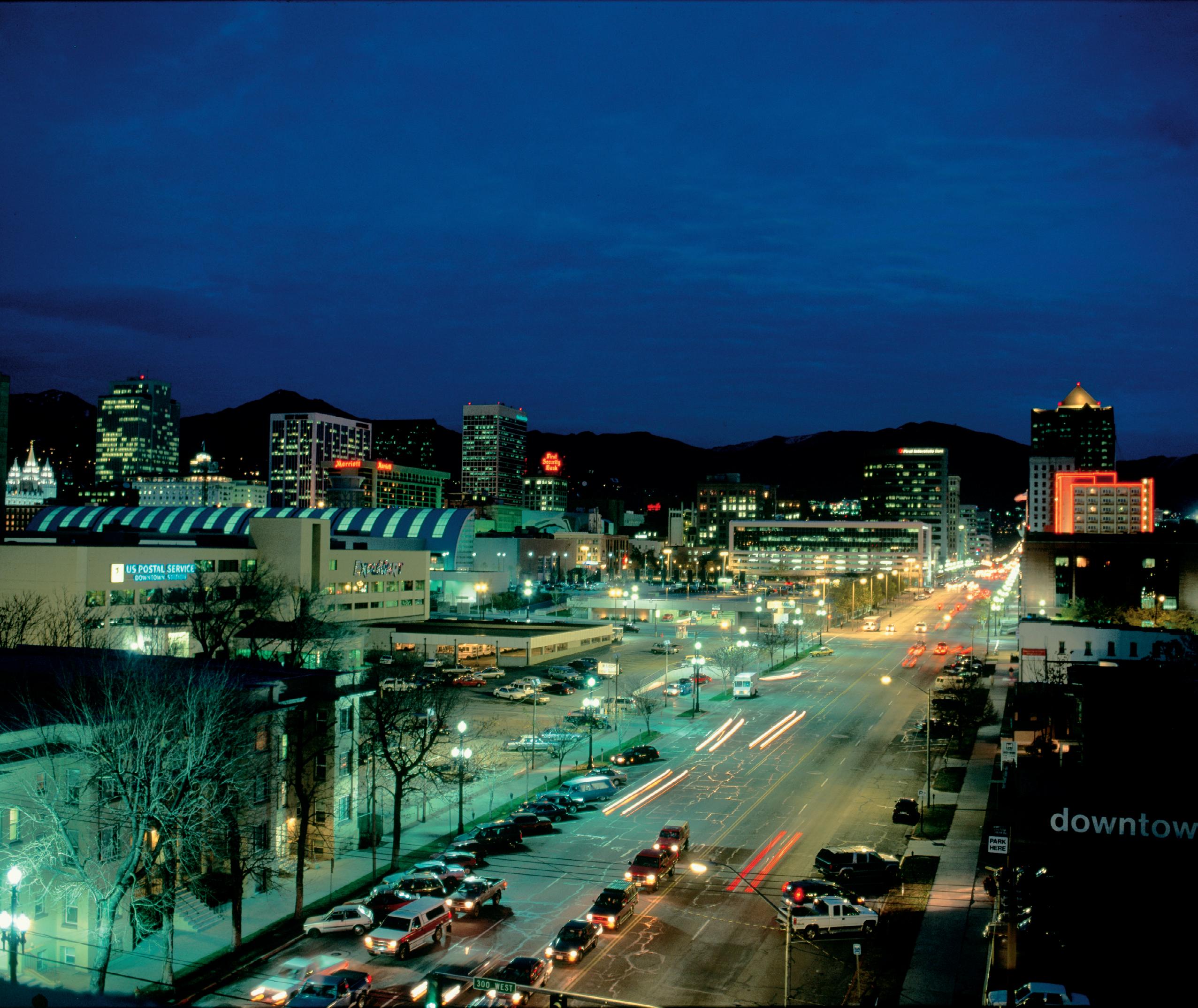
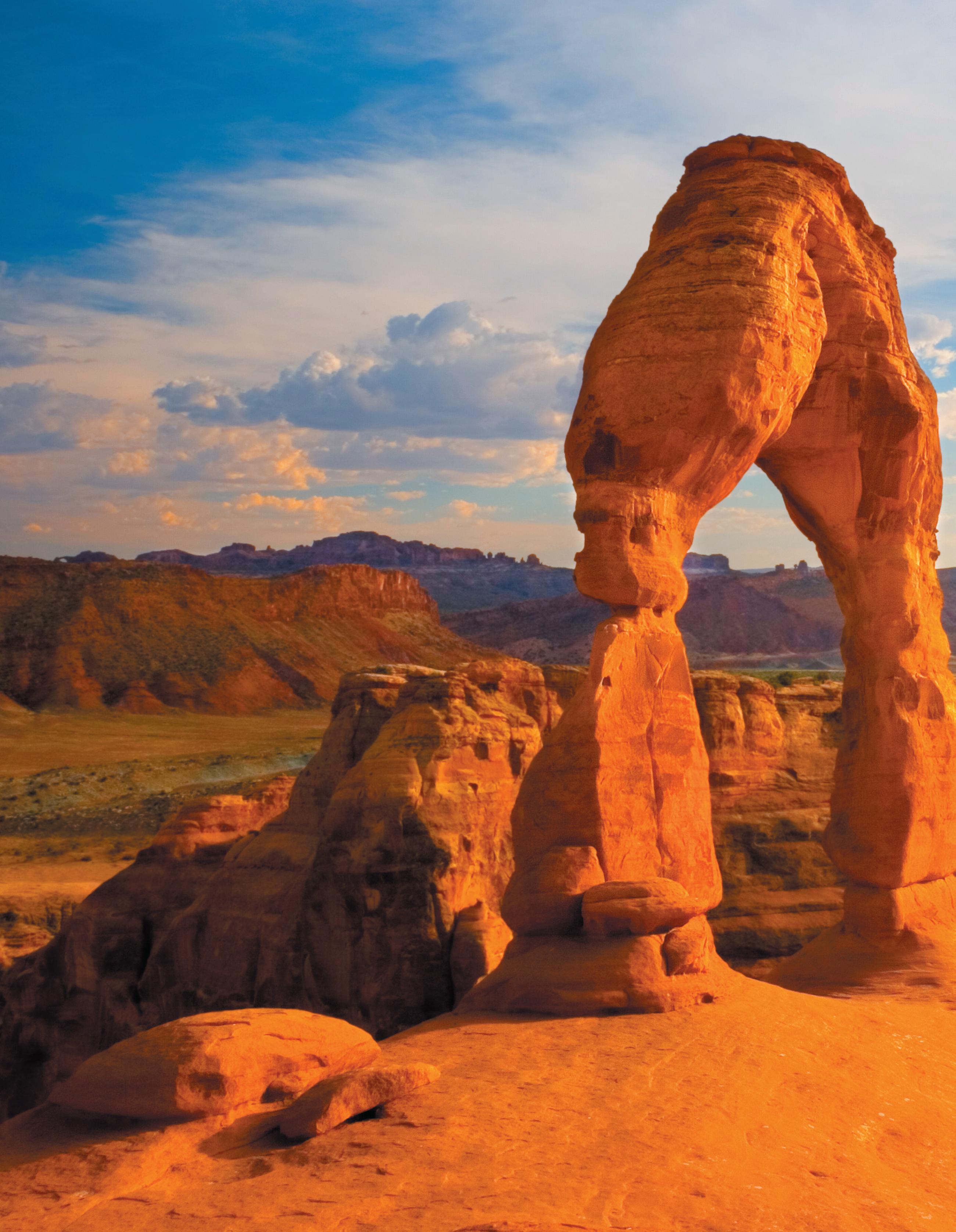





UTAH EXPERIENCED THE FASTEST POPULATION GROWTH in the state’s history in 2005, adding 78,159 people for a total population of 2,547,389 and a growth rate of 3.2 percent. In-migration accounted for 52 percent (40,647) of the 2005 population growth, driven in large part by Utah’s current economic expansion.

The state’s demographics are unique in the United States. According to the U.S. Census Bureau, Utah has the nation’s highest fertility rate at 20.5 births for each 1,000 in Utah’s population—compared with a national average of 14.0—while the state’s death rate of 5.4 per thousand people is the second lowest among the states—compared with a national average of 8.3. Utah also has the youngest population (a median age of just over 28 years), the highest percentage of married households, and the largest average household size (3.01 persons per household) of any state. It is anticipated that these dynamics will create a young and growing workforce for the state’s future. By the year 2030, the state’s median age is expected to rise to 32, while the national average is expected to increase from 36 to 39. (National Center for Health Statistics, USCDC, January 2005.)

HIGHLIGHTS
Median Age 27.9 years Youngest in U.S.
Birth Rate 20.5 births/1,000 population Highest in U.S.
Death Rate 5.4 deaths/1,000 population Second lowest in U.S.
Household Size 3.13 persons/household Largest in U.S.
76 percent of Utah’s populace lives in Salt Lake, Utah, Davis and Weber Counties




These characteristics combine to reinforce Utah’s ongoing trend of rapid population growth, which for the next three decades is estimated at more than twice the national average, according to the U.S. Census Bureau. During the 1990s, Utah’s population grew from 1.73 million to 2.25 million, an average annual rate of 2.4 percent. From 2001 to 2005, the state’s population grew from 2.25 million to 2.55 million—an increase of 320,000. Utah’s population is projected to grow to 2.83 million in 2010, 3.49 million in 2020 and 4.10 million in 2030.
The most significant contributor to Utah’s population growth is natural increase (the amount annual births exceed annual deaths). Natural increase is expected to account for about 80 percent of the state’s predicted population increase of 1.5 million over the next 30 years. Net in-migration to the state (the number of people moving in versus the number leaving the state) is predicted to account for the remaining approximately 20 percent (300,000) of the state’s population growth.
Utah is home to 29 diverse counties, but the greatest concentration of the state’s population is clustered in a relatively narrow four-county region bordered by the Wasatch mountain range. As of 2003, more than 1.93 million residents lived in one of these four counties—more than 75 percent of the state’s overall population of 2.55 million. Salt Lake County is the state’s largest population center, with 978,285 residents, followed by Utah County (456,073); Davis County (278,278); and Weber County (213,684).
The counties with the largest current growth rates are led by Washington County (39.5 percent growth from 2004 to 2005; 6.9 percent annual average growth from 2000 to 2005), led by booming St. George and surrounding communities; Wasatch County (29.6 percent 2004-2005; 5.3 percent 2000-2005); Tooele County (25.5 percent 2004-2005; 4.6 percent 2000-2005); Utah County (22.6 percent 2004-2005; 4.2 percent 200-2005), led by the rapidly growing north end; and Summit County (20.8 percent 2004-2005; 3.8 percent 20002005), anchored by strong growth in the areas surrounding Park City.
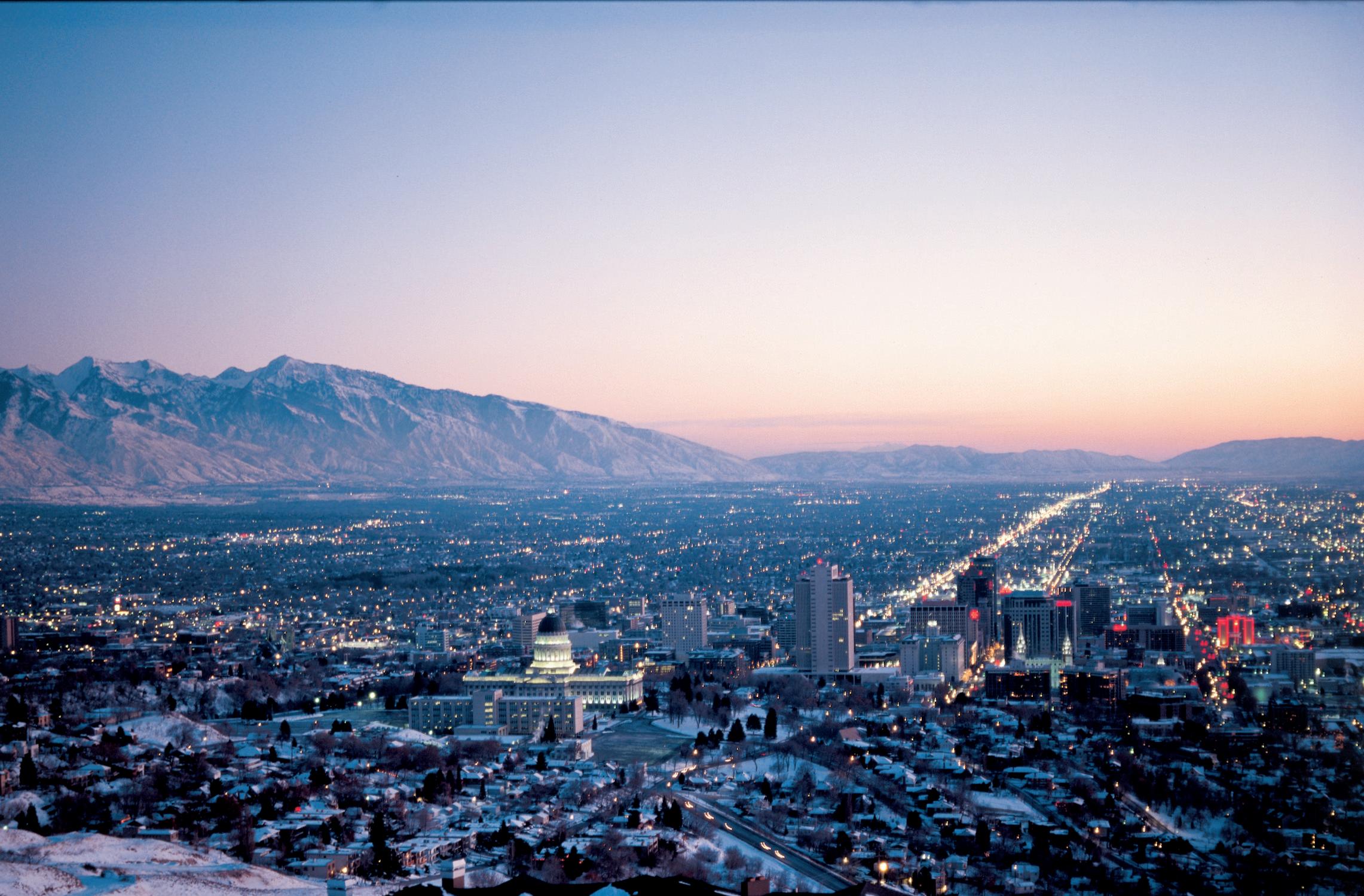


76 percent of Utah’s populace lives in Salt Lake, Utah, Davis and Weber Counties


Source: 2006 Economic Report to the Governor, Table 21

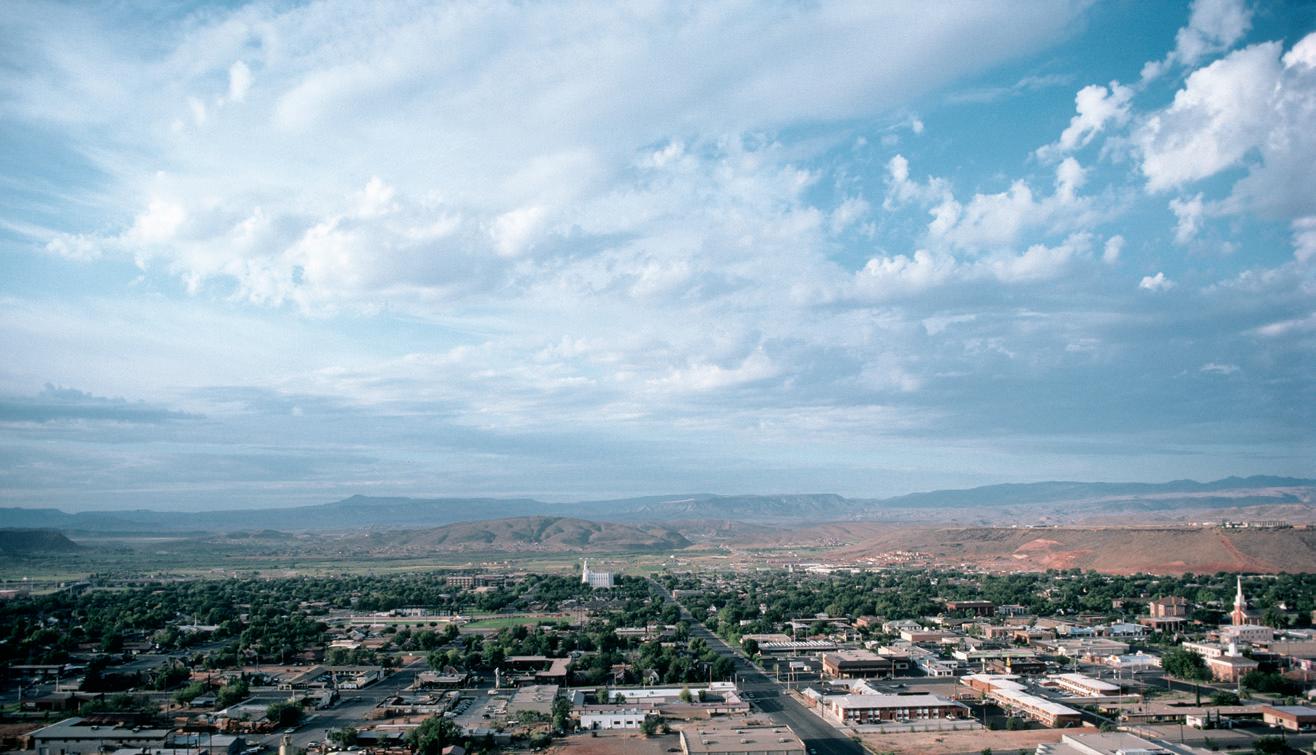
As of 2004, 39 Utah cities had populations that exceeded 10,000—including 12 cities in Salt Lake County, nine in Utah County, eight in Davis Counties, and four in Weber County. The state’s five largest cities include Salt Lake City (178,605), West Valley City (112,678), Provo (99,624), Sandy (89,979) and West Jordan (89,011).
The Utah cities with the highest growth rates from 2000-2004 include Herriman (38.5 percent), Saratoga Springs (28.8), Syracuse (13.9), Cedar Hills (13.5), Eagle Mountain (12.6), Lehi (11.2), Highland (10.7), Washington (9.5), West Point (8.7) and Pleasant Grove (8.1). Over the next several years, several significant planned development projects are expected to add substantially to the populations of southern Salt Lake County and northern Utah County, as well as Summit and Washington Counties.
For detailed population and demographic information, please contact the Governor’s Office of Planning and Budget, State Capitol Complex, Suite E210, Salt Lake City, Utah 84114-2210; phone (801)538-1027.
Sources:
2006 Economic Report to the Governor, pp. 15-27 http://www.governor.utah.gov/dea/ERG2006.html
Governor’s Office of Planning & Budget, State Capitol Complex, Suite E210, SLC, UT 801-538-1027: State Pop Estimates: http://www.governor.utah.gov/dea/UPEC/04StatePop.pdf State & County Pop Estimates: http://www.governor.utah.gov/dea/UPEC/04PopbyCounty.pdf





UTAH’S EDUCATIONAL INSTITUTIONS have developed practical and innovative approaches to educating the state’s growing workforce. The state’s dedicated teachers and administrators and its quality school systems provide a wealth of educational opportunities, from kindergarten through higher education. Utah consistently ranks among the nation’s leading states for the percentage of its population 25 years and older who have completed high school. In 2003, the state ranked fifth, at 90 percent.
Utahns also care about the quality of higher education in the state. Utah ranks second in the nation for per capita higher education funding, according to Sourcebook.
Utah is committed to bringing the benefits of technology into the classroom. According to the Utah Education Network and the U.S. Department of Commerce, 93 percent of Utah schools have classroom Internet access, compared with the national average of 84.2 percent.

fth in the U.S. in the percentage of persons 25-years and older who have completed high school (90 percent).
Utah has ten public and three private universities and colleges. Many institutions of higher learning offer students “Custom Fit Training” programs designed to meet companies’ workforce training needs.
94 percent the highest literacy rate in the nation.


Utah ranks second in the U.S. for per capita higher education spending. of Utah’s population 18-64 years of age was classified as literate, (State Policy Research, Inc., Utah high school seniors ranked 3rd in the nation by the College Board in earning (http://www.collegeboard.com/press/article/0,3183,41022,00.html)


 H GHTS
H GHTS

Utah’s network of public and private K-12 schools offers quality primary and secondary education to students in the state. Some of the programs in Utah’s schools include: special education and gifted and talented curricula; a variety of vocational courses of study, including agriculture, business marketing, entrepreneurship, applied technology, economics and work-based learning; early graduation; distance- and computer-based learning; and adult education.
Nearly one half million students receive instruction from more than 25,000 licensed district educators in the state’s 920 public schools.
Utah’s 92 private and parochial schools, spread throughout 19 of the state’s 40 school districts, provide quality educational options for the approximately 14,000 students attending these schools.
In addition to the fine public and private schools, Utah parents can opt to send their children to one of the state’s 29 innovative charter schools. Charter schools are non-sectarian public schools that are open to all students and require no tuition. Utah’s charter schools offer a variety of courses of study geared to students of different ages and interests in locations throughout the state. Some of Utah’s distinctive charter schools include science and technology high schools, schools for fine arts, performing arts, early college coursework and other areas.
For more information and a directory of the state’s current charter schools, please visit http://www.usoe.k12.ut.us/charterschools/default.htm.
Utah high school students taking standardized tests such as the ACT, SAT and Advanced Placement tests consistently score higher than the national average. Utah students taking the ACT in 2002 (approximately two thirds of the state’s high school students) exceeded the national average in English, mathematics, reading, science reasoning and for the composite ACT score. In 2003, Utah students taking the SAT ranked 9th in the nation, with an average verbal-math composite score of 1,145. In addition, 69.1 percent of Utah students taking Advanced Placement exams in 2003 passed, compared with a national average of 61 percent.
Students pursuing higher education can choose between a diverse list of colleges and universities that cater to many academic and career goals. Currently, there are ten public universities and colleges in the state and three private institutions of higher learning. During 2004-2005, Utah’s institutions of higher learning enrolled a combined 144,937 students. In the 20032004 school year, the schools awarded a total of 8,546 associate’s degrees (a decrease of 0.8 percent from the 2002-2003 school year); 19,319 bachelor degrees (an increase of 3.9 percent over the 2002-2003 school year); 3,604 master degrees (an increase of 4.5 percent over the 2002-2003 school year); and 362 doctoral degrees (an increase of 4.5 percent over the 20022003 school year).
SUM OF AWARDS – 2002-2003 ACADEMIC YEAR


Source: IPEDS - nces.ed.gov/ipedspas; last available data (updated June 2005)

Utah has five public community colleges—College of Eastern Utah, Dixie College, Salt Lake Community College, Snow College and the new Utah College of Applied Technology (see section below for more information)—and one private two-year college, LDS Business College. Many bachelor’s degrees are offered at three public universities—Southern Utah University (SUU), Utah Valley State College (UVSC) and Weber State University (WSU)—and one private college, Westminster College. In addition, SUU, WSU and Westminster offer selected master’s degree programs.
Utah’s three major, Ph.D.-level research universities—the University of Utah, Brigham Young University and Utah State University—have each distinguished themselves for their world-class research and innovation. For example, the world’s first artificial heart transplant, the first artificial limb (an arm), computer graphics and word processing were all pioneered by faculty at Utah universities.
Schools soon opening up new locations in the downtown SLC area include: BYU Salt Lake Campus – BYU will be building on S. Temple & 300 W., eventually accommodating 5,000 – 10,000 students and faculty SLCC – A Main Street Campus with a non-profit center on the fifth floor Salt Lake Arts Academy–located in the old Main Library on Library Square–specializing in arts education and instruction Eagle Gate College—opening a location in the downtown SLC area
Source: The Salt Lake Downtown Alliance
Utah’s universities have strong ties to the business community. Utah is known as one of the fastest growing centers for entrepreneurship in the nation, due in part to the influence of the state’s universities. In 2003 and 2004, Inc. magazine named Utah the top state per capita for fast-growth companies. Utah universities have created exceptional technology transfer programs to help turn ideas and research into viable commercial prospects.
In addition, Utah’s renowned Centers of Excellence program, founded in 1986, provides funding and infrastructure to transform compelling university-related ideas into products and companies. During its first 19 years, the Centers of Excellence Program has generated 179 patents resulting in 204 license agreements, and 175-plus Utah-based companies have been created to license and market proprietary technology from the program. The 61 companies still alive in Utah today employ a total of 1968 employees with an annual average salary of $59,249. (http://goed.utah.gov/COE/aboutus.html).

NOTES: (1) Information contained in this table shows an annualized unduplicated headcount of USHE enrollments for the year 2003-04 using information collected in the Data Warehouse. This information will not tie to other enrollment figures in this report as it was calculated differently. (2) May contain some duplication with ATE Credit Enrollments (3) UVSC may numbers include some of Mountainland numbers shown in Table 2 above.
Source: USHE Data Book 2002-03 – Tab D, Table 3
Source: USHE Data Book 2003-04 – Tab D, Table 3
Source: USHE Data Book 2004-05 – Tab D, Table 3 http://www.utahsbr.edu/finance/finance.htm
In the 2006 session, the Utah Legislature passed the Utah Science and Technology Research (USTAR) economic development initiative, which will foster research-related economic development at Utah’s leading institutions of higher learning.
For more information on technology transfer programs in Utah, contact the technology commercialization offices at the University of Utah, Utah State University or Brigham Young University. For more information on Utah’s Centers of Excellence program, visit http://goed.utah.gov/COE/index.html.
In keeping with Utah’s tradition of practical innovation in education, in 2001 the state created the Utah College of Applied Technology (UCAT) to deliver official Applied Technology Education (ATE) programs that range from basic skills training to professional certificates and associate degrees. These programs focus on the demands of the global economy, providing students with applied skills for entry level employment while helping them lay the foundation for the academic and more advanced technical skills they will need for their lifelong career development.
UCAT offers programs for high school students and adults at ten locations across Utah. For details, visit http://www.usoe.k12.ut.us/ate/ATC’s.htm. In addition, eight Utah institutions of higher learning offer credit- and non-credit Applied Technology Education programs.
These institutions work closely with the Utah business community to customize short-term programs designed to meet companies’ workforce training needs and upgrade employees’ knowledge and skills. These include “Custom Fit Training” and “Short-term Intensive Training” (STIT), which provide training tailored to the performance of specific jobs at new or expanding companies; Continuing Education; the Salt Lake Community College Skills Center; and a variety of skills-based conferences, workshops and licensing programs.
For more information about Custom Fit and Short-term Intensive Training programs in Utah, please visit http://www.slcc.edu/miller/Custom_fit/index.htm.





UTAH IS AMONG THE NATION’S LEADERS IN JOB GROWTH. The state’s 2005 employment growth of 3.5 percent was among the highest in the U.S. and was nearly double the national average.
One of the greatest advantages for employers in Utah is the quality of the state’s growing workforce. Utah’s workforce is one of the healthiest and most educated in the nation. CEOs of major companies that have relocated operations to Utah during the past several years report an increase in productivity of 15 to 30 percent, due to the work ethic and good health of the state’s populace.
According to the United Health Foundation, Utah ranks fifth nationally in overall health. Utah has the fewest smokers per capita of any state, the lowest number of cancer deaths in the nation, and is the third lowest in the nation for the number of cardiovascular deaths.

Utah enjoys a high literacy rate and ranks fourth in the nation in the percentage of students that finish high school. (See the Education profile in this book.) The technology savvy of Utah’s workforce is evident in the fact that the state ranks second in the nation for the percentage of households with computers (according to Sourcebook). According to the most recent Progressive Policy Institute state new economy study, Utah was the second best state in the U.S. for ecommerce.
Utah’s workforce is one of the most multilingual in the nation. According to the state’s Governor’s Office of Economic Development, more than 50 languages are taught at Utah universities, more than 130 languages are spoken in the state and many Utahns have lived and worked abroad. Some 80 percent of students at BYU are multilingual. The deep exposure of Utah’s populace to many languages and cultures greatly enhances the readiness and ability of Utah-based companies and divisions to operate in an increasingly global economy.

The U.S. Census Bureau projects that Utah’s labor force will increase at twice the national average between 2003 and 2030.
Utah is a right-to-work state, with only 6.2 percent of employees affiliated with unions. Intermountain Health Care is Utah’s largest private employer.
Utah ranks second in the nation for the percentage of households with computers.
Utah’s unemployment rate for September 2005 was 4.4 percent, compared to the national rate of 5.0 percent.



Utah ranks fifth nationally for the overall health of its work force, according to the United Health Foundation.



2004

FIRM NAME
Intermountain Health Care (IHC) Hospitals and Clinics 20000+
State of Utah State Government 20000+
University of Utah (Incl. Hospital) Higher Education 15,000-19,999
Brigham Young University Higher Education 15,000-19,999
Wal-Mart Stores Department Stores 10,000-14,999
Hill Air Force Base Military Installation 10,000-14,999
Granite School District Public Education 7,000-9,999
Convergys Telemarketing 7,000-9,999
Jordan School District Public Education 7,000-9,999
Davis County School District Public Education 5,000-6,999
Kroger Group Cooperative Retail Stores 5,000-6,999
Salt Lake County Local Government 5,000-6,999
Utah State University Higher Education 5,000-6,999
Alpine School District School District 5,000-6,999
Internal Revenue Service Federal Government 5,000-6,999
U.S. Postal Service Mail Distribution 5,000-6,999
Novus (Discover Card) Consumer Loans 5,000-6,999
Albertsons Grocery Stores 4,000-4,999
Autoliv ASP (Morton Int’l) Automotive Components Mfg. 4,000-4,999
ATK Aerospace Company Aerospace Equipment Mfg. 4,000-4,999
Delta Airlines Air Transportation 4,000-4,999
Salt Lake City School District Public Education 3,000-3,999
Zions First National Bank Banking 3,000-3,999
Weber County School District Public Education 3,000-3,999
Icon Health and Fitness Exercise Equipment Mfg. 3,000-3,999
SOS Temporary Services Temp. Employment Placement 3,000-3,999
Wells Fargo Bank NA Banking 3,000-3,999
Salt Lake City Corporation Local Government 3,000-3,999
United Parcel Service Courier Service 3,000-3,999
Nebo School District School District 3,000-3,999
Weber State University Higher Education 2,000-2,999
Teleperformance USA Telemarketing 2,000-2,999
Utah Valley State College Higher Education 2,000-2,999
Salt Lake Community College Higher Education 2,000-2,999
Qwest Corporation Phone Service/Communications 2,000-2,999
Provo City School District Public Education 2,000-2,999
Washington County School District Public Education 2,000-2,999
Home Depot Building Supply Store 2,000-2,999
Macey’s Inc. Grocery Stores 2,000-2,999
JC Penney Co. Department Stores 2,000-2,999
Skywest Airlines Air Transportation 2,000-2,999
PacifiCorp (Utah Power) Electric Power Generation 2,000-2,999 & Distribution
Source: Utah Department of Workforce Services, Workforce Information.06 ERG
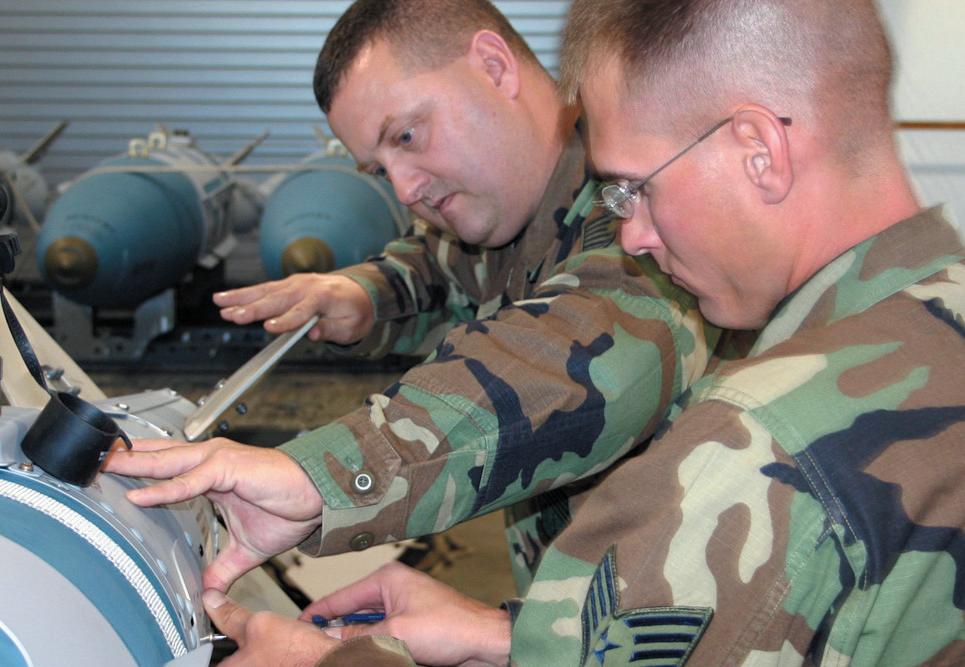
Employers in Utah can anticipate a young, growing, indigenous labor supply for the foreseeable future. (See the Population profile in this Facts Book.) Utah has the highest birthrate and youngest median age in the nation.
Utah also has high labor force participation. More than 80 percent of males over the age of 16 participate in the labor force, compared with the national average of about 75 percent. Utah’s female participation rate is 64 percent, compared with a national average of 60 percent.
Together, these factors account for the U.S. Census Bureau’s prediction that Utah’s labor force will increase at twice the national average between 2004 and 2030.
Utah is one of 21 states operating under a right-to-work law. Under the Utah provision, no individual seeking or holding a job in the state may be forced to join or pay dues to a labor union. Union membership is low in Utah, with only 6.2 percent of manufacturing employees affiliating with unions, compared to a national average of 13.2 percent.
INDUSTRY EMPLOYMENT CHARACTERISTICS
In 2005, job growth in Utah was 3.5 percent, according to the 2006 Economic Report to the Governor (ERG). Utah unemployment for 2005 was projected at 4.7 percent, according to the 2005 ERG, compared with an estimated national rate of 5.2 percent.
In May 2005, there were 1,137,314 people employed in Utah, according to Utah’s DWS. The industry category with the largest number of workers was trade, transportation and utilities, employing a projected 221,800 workers (18.1 percent of the workforce) in April 2005. This category was followed by government (206,700 workers: 16.9 percent); professional and business services (144,400 workers: 11.8 percent); education and health (128,100: 10.5 percent); manufacturing (116,800: 9.5 percent); and leisure and hospitality (105,200: 8.6 percent).
The list of Utah’s ten largest employers has remained fairly consistent in recent years. Two organizations in the state employ more than 20,000 workers each: Intermountain Health Care, a statewide network of hospitals and clinics; and the State of Utah. Utah’s two largest universities—the University of Utah and Brigham Young University—are the next largest employers, employing between 15,000 and 19,999 employees. In 2004, Wal-Mart Stores moved up into the 10,000-to-14,999 employee category. Hill Air Force Base, a military installation in Ogden, employs between 10,000 and 14,999, down from past years in which it exceeded 20,000 workers. Only three organizations have employees numbering between 7,000 and 9,999: Granite and Jordan school districts; and Convergys Corporation. Davis County School District is the largest of eight companies in the category that employs between 5,000 and 6,999 Utah workers.
UTAH’S HIGHEST PAYING INDUSTRY SECTORS
In 2004, the mining sector continued as Utah’s average wage leader, with a monthly average of $4,606, followed by the information sector (which includes information technology, libraries, and print and broadcast media) at $3,489/mo; financial activity (banking, insurance and other financial services), $3,420/mo; manufacturing, $3,216/mo; and professional and business services (a broad group category ranging from engineering services and testing labs to research firms, call centers and waste management) at $3,001/mo.
In 2004, average monthly wages increased in every industry sector, by an overall average of 3.6 percent.
In 2004, Utah had a per capita household income of $50,614, compared with a national average of $44,473. The Utah 2004 PCI of $26,946 ranked 46th in the 50 States. This number reflects the fact that Utah has the largest number of children per household in the U.S. Utah workers are also often willing to accept lower wages than they could earn elsewhere because of the state’s exceptional quality of life. (See the Quality of Life profile in this book.)

FASTEST GROWING UTAH OCCUPATIONS WITH 100 OR MORE ANNUAL OPENINGS, 2002-2012
Utah ranks second in the nation for the percentage of households
with computers.



HIGHLIGHTS


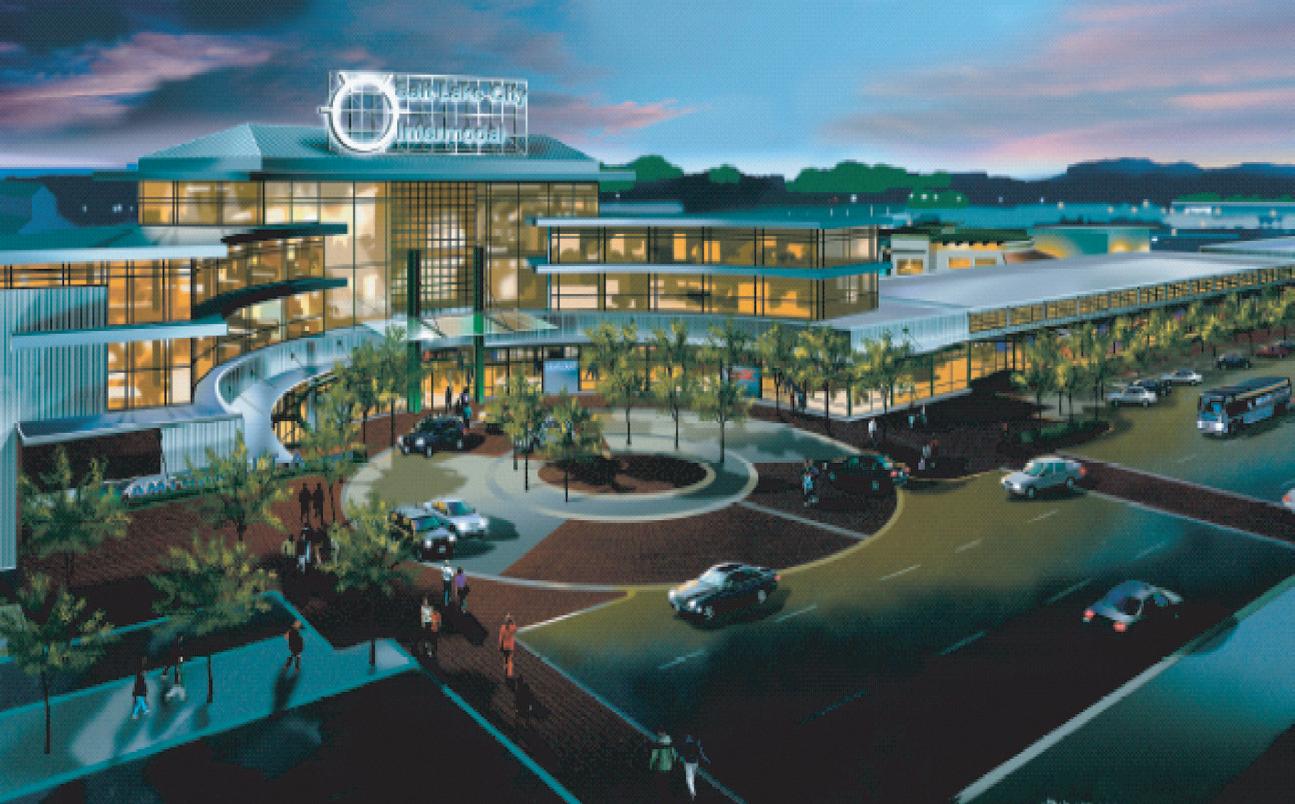
UTAH’S STRATEGIC LOCATION, essentially equidistant from all of the major markets in the Western U.S., offers significant transportation advantages for companies within the state.


The main arteries in Utah’s excellent transportation system include: an international airport; major east-west (I-80) and north-south (I-15) interstate highways that intersect in the heart of the state’s largest population center; two railroads; and a steadily expanding light rail system.
The state recently overhauled the I-15 corridor in Salt Lake County, and is improving key areas of Utah County and Davis County in order to facilitate improved traffic flow in the most heavily trafficked areas.
NEW TRANSPORTATION
Intermodal Transportation Center: A $20 million dollar transportation hub at 200 South 600 West for Amtrak, Light Rail and Commuter Rail. Light Rail Extensions: Proposed extensions from the Delta Center to the Intermodal Hub and 800 South stations as well as extensions from the main TRAX line to South Jordan.
Source: The Salt Lake Downtown Alliance.

One-half of the U.S. population is located within a 2.5-hour flight of Salt Lake City Salt Lake City International (SLC) Airport served 22.2 million passengers in 2005, making it the nation’s 25th busiest airport in the U.S. and the world’s 47th busiest SLC International ranked third among U.S. airports in on-time performance, according to Bureau of Transportation Statistics, as of January 2006 2,300-plus registered carriers provide intrastate and interstate motor freight services. The Utah Transit Authority (UTA) was awarded “2002 Transit System of the Year”

More than four million riders were transported on Utah’s light-rail system, TRAX, during the two weeks of the 2002 Olympic Winter Games. More than 43,000 people currently ride TRAX each day, averaging more than


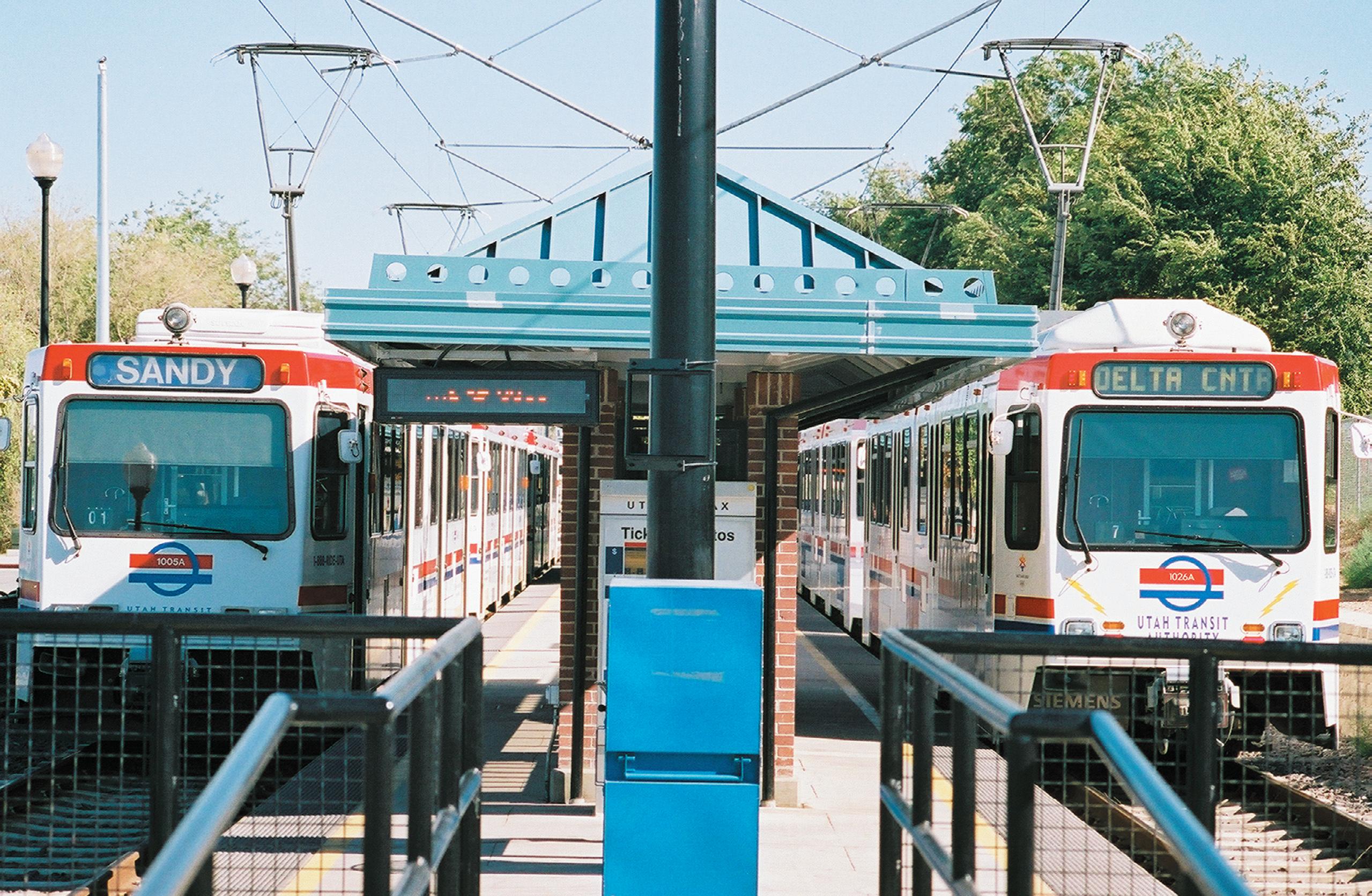
The Salt Lake International Airport is situated approximately five miles northwest of downtown Salt Lake City. The nation’s 25th largest and the world’s 47th busiest airport is located within a 2.5-hour flight of half the population in the U.S.
Salt Lake International currently has two terminals, five concourses and 79 gates. Its airfield consists of three carrier runways and a general aviation runway. A variety of national and international airlines combine to operate more than 84,000 seats on more than 970 daily flights from Salt Lake International, including non-stop service to at least 92 cities.
In contrast to many other metropolitan airports, Salt Lake City International has acquired substantial property for the future expansion of services, terminals and runways, in order to ensure the future quality of air service without the delays, congestion and overcrowding that characterize many airports.
Salt Lake International Airport received a first place award from the International Snow Symposium for snow removal and ice control during winter 2003.
As of January 2006, SLC International ranked third among U.S. airports in on-time performance, according to Bureau of Transportation Statistics. The Airport fosters international business relations through its innovative language translation service, Language Line. Installed throughout the entire facility via the phone system, Language Line provides real time translation of 250 languages.
For further information, contact: Salt Lake City Airport Authority, 776 North Terminal Drive, Salt Lake City, Utah 84116, (801) 575-2400, or visit www slcairport.com.
In addition to Salt Lake International, there are at least 47 public access airports serving communities throughout Utah. For listings of Utah airports visit www.airnav.com/airports/state/UT.html, or www.onlineutah.com/airports.shtml.
Utah’s road transportation system includes more than 43,000 miles of federal, state and local highways and roads, of which 14 percent is classified as urban mileage. The state’s interstate highways provide efficient access to population and economic centers in neighboring states, while the in-state highways offer effective connections between cities and the state’s many recreation areas.
Utah’s three most important highways are I-15, which runs north into Idaho and south into western Arizona, passing through or close by most of Utah’s largest population centers; I-80, a coast-to-coast freeway that runs west into Nevada and east into Wyoming; and I-70, an east-west freeway running through the central part of the state into Colorado. These three interstate highways are essential to the efficient transportation of goods and materials throughout Utah and to locations outside the state. Other important links included in the interstate system are I-84 northbound into the Pacific Northwest, and I-215, the Salt Lake County belt route.
In addition to the main interstate routes, Utah’s primary and secondary federal and state highways provide easy access to rural areas of the state. For more information, visit http://www.goed.utah.gov/national/highway.html.
For more information about Utah transportation services, current and planned construction projects, or weather and road conditions, contact the Utah Dept. of Transportation at (801) 965-4000, or visit http://www.dot.utah.gov.
According to the 2006 Economic Report to the Governor, a projected 224,800 Utahns were employed in Trade, Transportation and Utilities in 2005, an estimated increase of 2.5 percent from 2004. Utah carriers provide service from Utah’s metropolitan areas to almost any point in the Western United States, as is shown in the map below. Intrastate and interstate motor freight services are provided by more than 2,300 registered carriers.
For more information about Utah’s trucking industry, visit the Utah Trucking Association Website (http://www.utahtrucking.com), or the Utah Department of Transportation (http://www.udot.utah.gov).

Salt Lake City is a full-service customs port city. Currently, goods that enter under bond may be stored in customs-bonded facilities for up to five years without payment of customs duty. If goods are exported during this period, no duty is paid. Otherwise, duties are payable at the end of the term or upon entry into U.S. markets for consumption.
In addition to Salt Lake City headquarters, Utah has ports of entry in Daniels, Echo, Kanab, Loma, Monticello, Peerless, Perry, St. George and Wendover.
For more information about Utah’s port of entry program, visit http:// www udot.utah.gov/poe/ports/default.htm.
Utah has approximately 1,700 miles of railroad track stretching from Iron County in the southwest, Grand County in the southeast, Tooele County in the west and Box Elder and Cache counties in the north. (See map.) These rail lines converge in the Salt Lake-Ogden metropolitan area. (http://goed.utah.gov/national/rail. html for map).
Utah’s central location makes the state an excellent interline switching route for shipments headed to the West Coast, as well as to Eastern and Midwestern main terminals, without the need to back-haul shipments. Union Pacific is Utah’s major freight service provider, while Amtrak provides passenger service to major U.S. destinations.
Utah’s mass transit system has expanded considerably during the past five years. Utah’s first TRAX light rail line, between Salt Lake City and Sandy, opened in 1999, and within less than a year, five million passengers had taken a ride on the line. More than four million riders were transported on TRAX during the two weeks of the 2002 Olympic Winter Games.
Since opening day TRAX ridership has far outpaced initial projections on both the Sandy/Salt Lake Line and the University of Utah Line. More than 43,000 people currently ride TRAX each day, averaging more than 1.1 million riders per month.

TRAX currently has two lines in service. An extension to the University Hospital from the University of Utah opened in the fall of 2004. The Utah Transit Authority (UTA) has purchased over 175 miles of railroad corridor along the Wasatch Front for future expansion of the TRAX light rail system, as well as a commuter rail system that will eventually run from Brigham City to Payson.
The first Phase in the Utah Transit Authority’s development of a Commuter Rail system will extend approximately 44 miles from Pleasant View (Weber County) to Salt Lake City. Groundbreaking for Phase I began in late summer 2005. Future phases of the commuter rail project are anticipated to run from Salt Lake City to Provo. The final commuter rail project is projected to run from Brigham City to Payson.
The commuter rail project is expected to ultimately include nine stations; Salt Lake City, North Temple, Woods Cross, Farmington, Layton, Clearfield, Roy, Ogden and Pleasant View.
Other major plans are currently being contemplated for other Utah metropolitan areas.
Bus service is available throughout most of the Wasatch Front and many other communities, including service for riders with disabilities.
For more information on Utah’s mass transit system and future plans, visit UTA’s site at http://www.rideuta.com.


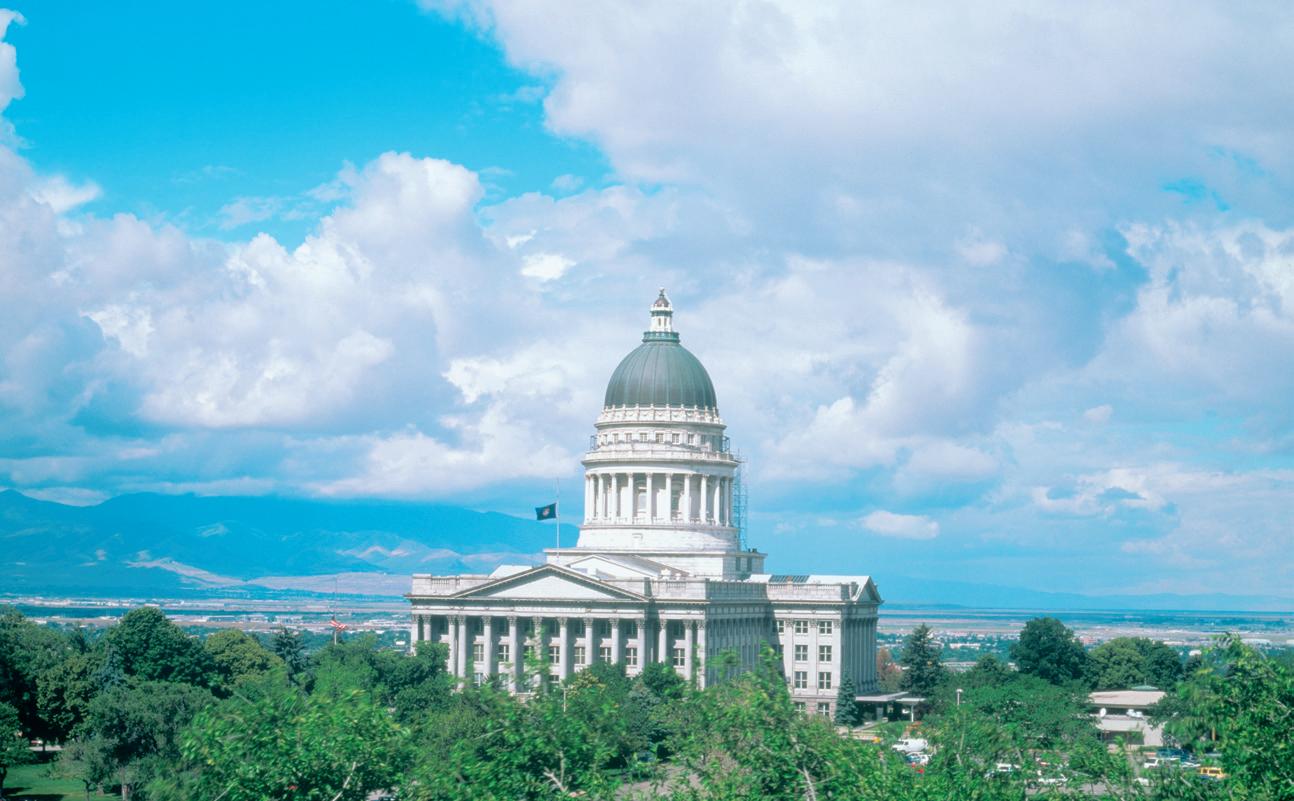


Utah’s new Huntsman administration builds upon a strong tradition of innovative economic development legislation and programs, developed through collaboration between the state’s public and private sectors.
During the 1980s and 1990s, Utah regulators and legislators worked closely with leaders in the state’s banking sector to develop laws and policies that helped establish Utah as the leading national center for special purpose industrial banks (also known as industrial loan companies, or ILCs) for companies in a variety of industries. For more information on Utah’s industrial banking industry and other financial services categories, visit the Utah Department of Financial Institutions Website, http://www.dfi. utah.gov.

Beginning in 1986, the state’s legislature developed the innovative, highly successful Centers of Excellence program to help accelerate and commercialize research and development in Utah’s institutions of higher learning. Many successful companies and products have developed as a result of the Centers program. For more information on the Centers of Excellence program, visit http://goed.utah.gov/COE/index.html.
Utah has also developed renowned programs to institute major economic development and create viable business opportunities in rural Utah communities. In the past four years, low-cost equipment leases, training programs, state income tax credits and other resources have helped entrepreneurs establish companies in rural Utah that provide a variety of products and outsourced services for clients and business partners statewide, nationally and globally. 50-plus participating companies have created more than 1,000 new jobs throughout the state in the past four years, and Utah has been recognized by the U.S. Department of Commerce for producing the most innovative economic development initiative in the nation.

Utah’s government has a strong tradition of collaborating with the state’s private sector to create innovative economic development legislation. Programs such as the Utah Centers of Excellence are helping create compelling jobs and companies in the state.
In January 2005, Governing magazine gave Utah’s state government a grade of A-, the highest grade among all U.S. states, based on four criteria—money, people, infrastructure and information
In 2003, USA Today ranked Utah the best-managed state in the country
In 2005, www.utah.gov was ranked the nation’s number one Website by a major Brown University study.

The Center for Digital Government ranked Utah County 6th for 2004 among counties in the U.S. with a population between 250,000 and 499,999. Ogden, Utah tied for first place in the 4th annual Digital Cities Survey.


Utah ranked 8th in the country in a 2004 Digital States Survey, a comprehensive study on best practices, policies and progress made by state governments in use of digital technologies to better serve citizens and streamline operations.

In 2002, collaboration between the state’s legislature and leaders in Utah’s information technology and life sciences industries resulted in the passage of House Bill 240, variously called the “Utah Fund of Funds” or the “Venture Capital Enhancement Act.” The bill created a series of incentives to draw funding into Utah’s economy to provide needed growth capital for promising companies in the state. The Utah Fund of Funds will not directly invest in Utah companies but has the charge to assist in providing Utah start-ups and growth companies a wider breadth of venture capital and investment specialties. For more information on the Utah Fund of Funds, visit http://goed.utah.gov/fund_of_funds/index.html.
Beginning in 2002 and 2003, broad-based collaboration between Utah’s private and public sectors led to the passage of innovative trust legislation designed to enable the creation of products that will attract significant wealth to Utah-based trust companies.
To foster heightened economic development, the Huntsman Administration has created the new Governor’s Office of Economic Development (GOED) with the passage of House Bill 318 during the Utah Legislature’s 2005 General Session. The bill divided the former the Department of Community and Economic Development (DCED) into the Department of Community and Culture and the Governor’s Office of Economic Development. GOED consists of Business Development, Tourism and Energy. See http://goed.utah.gov/ for more information.
The Governor’s International Office assists Utah companies in developing markets for their products and services in foreign countries. The office has launched a series of national and international exchanges designed to develop and strengthen personal and business relationships between business and government leaders in Utah and leaders in other U.S. markets and abroad. For more information, visit http://international.utah.gov.
During the 2006 Utah legislative session, strong collaboration between indus-

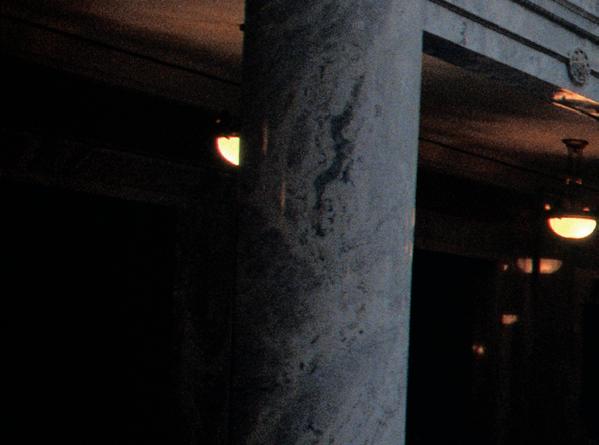
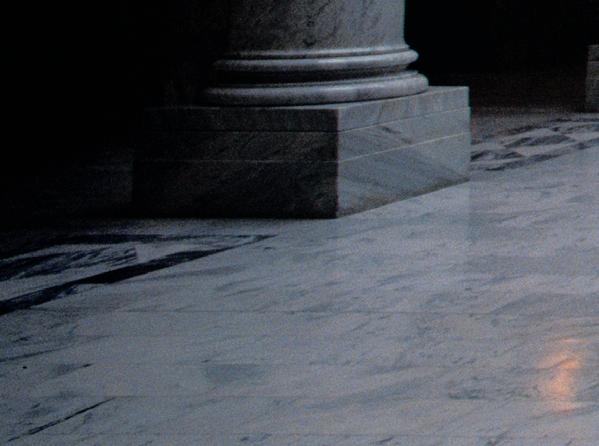
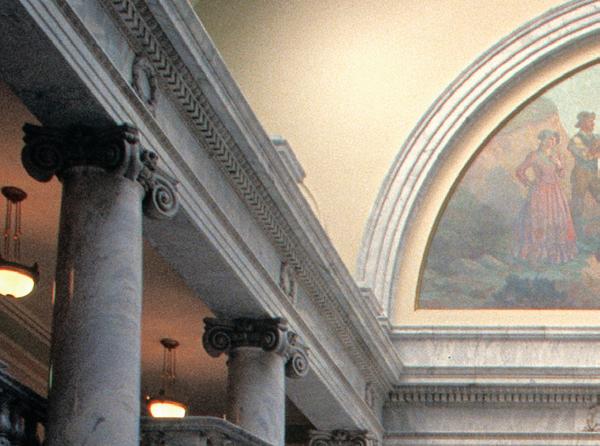

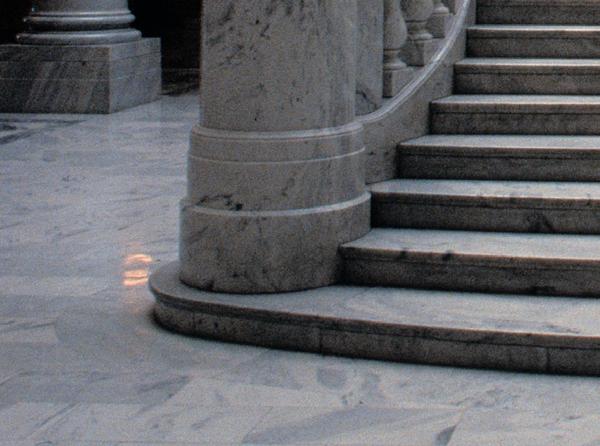

try, government and education leaders resulted in passage of the Utah Science and Technology Research economic development initiative, which is designed to maximize research-oriented technology commercialization from Utah’s leading institutions of higher learning.
Utah state government is nationally recognized for the quality of the state’s management. In June 2003, USA Today ranked Utah as the nation’s bestmanaged state. Utah was the only state to capture the newspaper’s four-star ranking in each of the categories listed by the publication: spending restraint, bond rating and tax system.
The state of Utah enjoys a AAA bond rating and is fiscally sound. Prominent financial experts consistently assert that Utah’s fiscal stability is exemplary among the states.
Utah has also been an innovator in the use of technology to improve the effectiveness and responsiveness of government services. In the past decade, local and state governments in Utah have pioneered the use of digital signatures and other technologies for conducting official state business, helping increase the effective use of technology on the local, state and national levels.
In September 2005, the state’s official Website, www.utah.gov, was named the nation’s best Website, beating out more than 260 federal, state and local sites. www.Utah.gov provides a multitude of government-related services 24 hours per day, seven days per week. In addition, www.business.utah.gov provides a host of online business-related services and resources. The 2004 Digital States Survey ranked Utah #8 in the nation based on a study of best practices, policies and progress made by the State to serve their citizens through the use of technology.
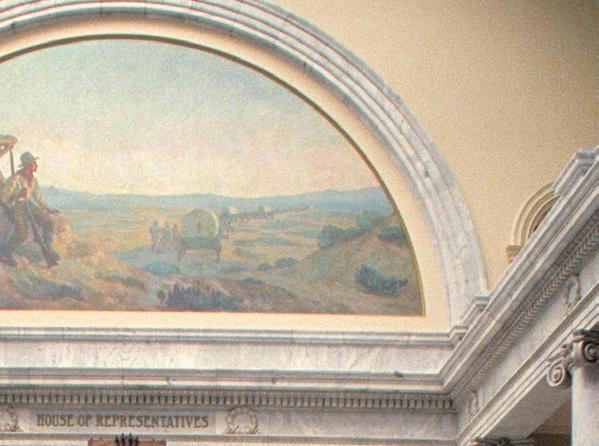
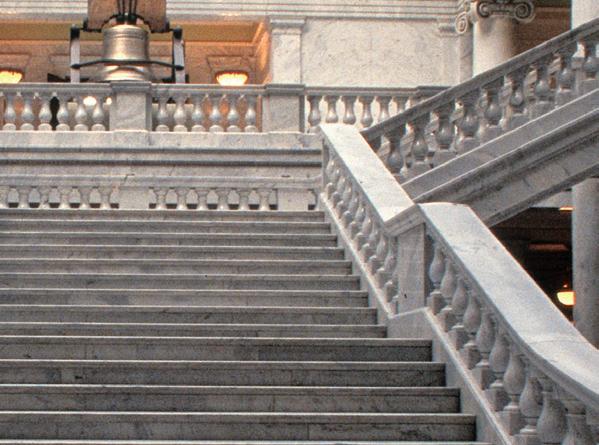



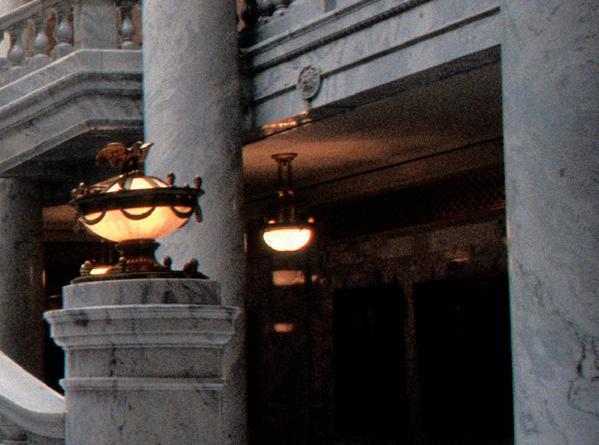
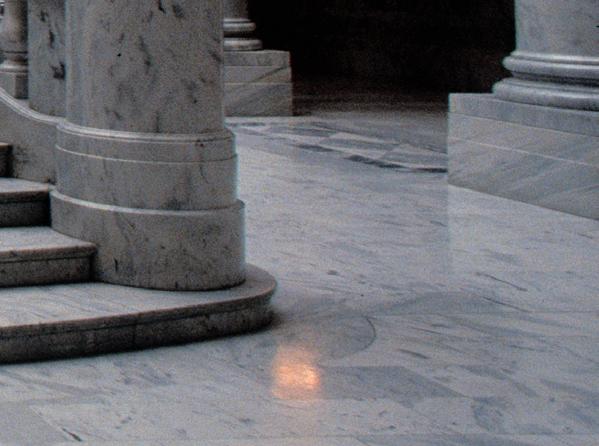
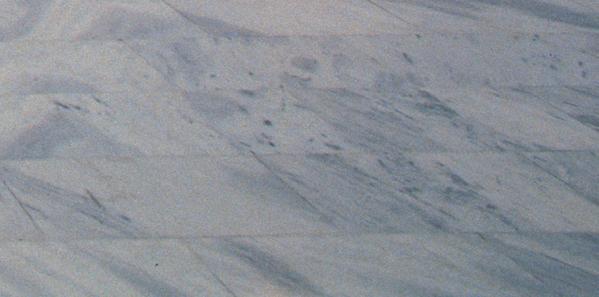

In 2005, new construction in Utah reached an all-time high of $6.4 billion: $4.5 billion in residential construction, a 26.7 percent increase from 2004; and $1.2 billion in non-residential construction, driven by Utah’s strong employment growth. This growth is also being reinforced by Utah’s relatively low construction costs.

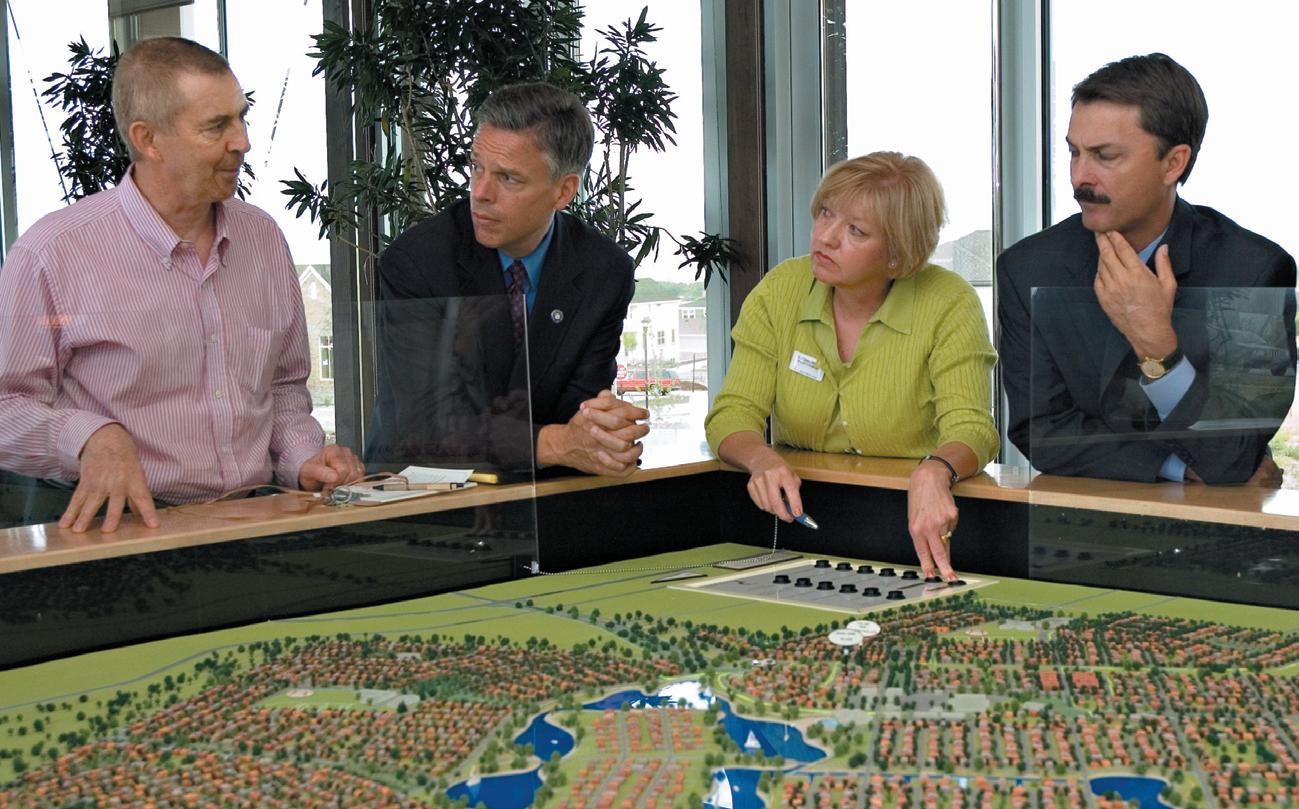
According to Commerce CRG Commercial Real Estate Services’ Mid-Year 2005 report, Class A space vacancy in Salt Lake City’s central business district has declined to a current 8.86 percent, from 9.77 percent at 2004 yearend and 11.25 percent 2003 year-end. In Utah County, Class A space vacancy has declined from 21.8 percent 2003 year-end to 12.78 percent 2004 year end to 12.3 percent mid-year 2005. At mid-year 2005, Class A space vacancies were 5.53 percent in Weber Co., 8.93 percent in Davis Co., approximately 6 percent in Washington Co., and 7.1 percent in Summit Co.

According to Commerce CRG Commercial Real Estate Services’ Mid-Year 2005 report, office rates were:
- $13.35 to $22.47 for Class A in the Salt Lake Central Business District
- $6.00-15.50 in Utah Co.
- $11.85-17.29 for Class A space in Davis Co.
- $8.81-14.63 for Class A space in Weber Co.
- $15.00-27.00 in Summit Co.
- $9.00-16.20 in Washington Co.
(Source: http://www.commercecrg.com/reports/05midyear.pdf)





COMMERCIAL BUILDING CONSTRUCTION COST INDEXES



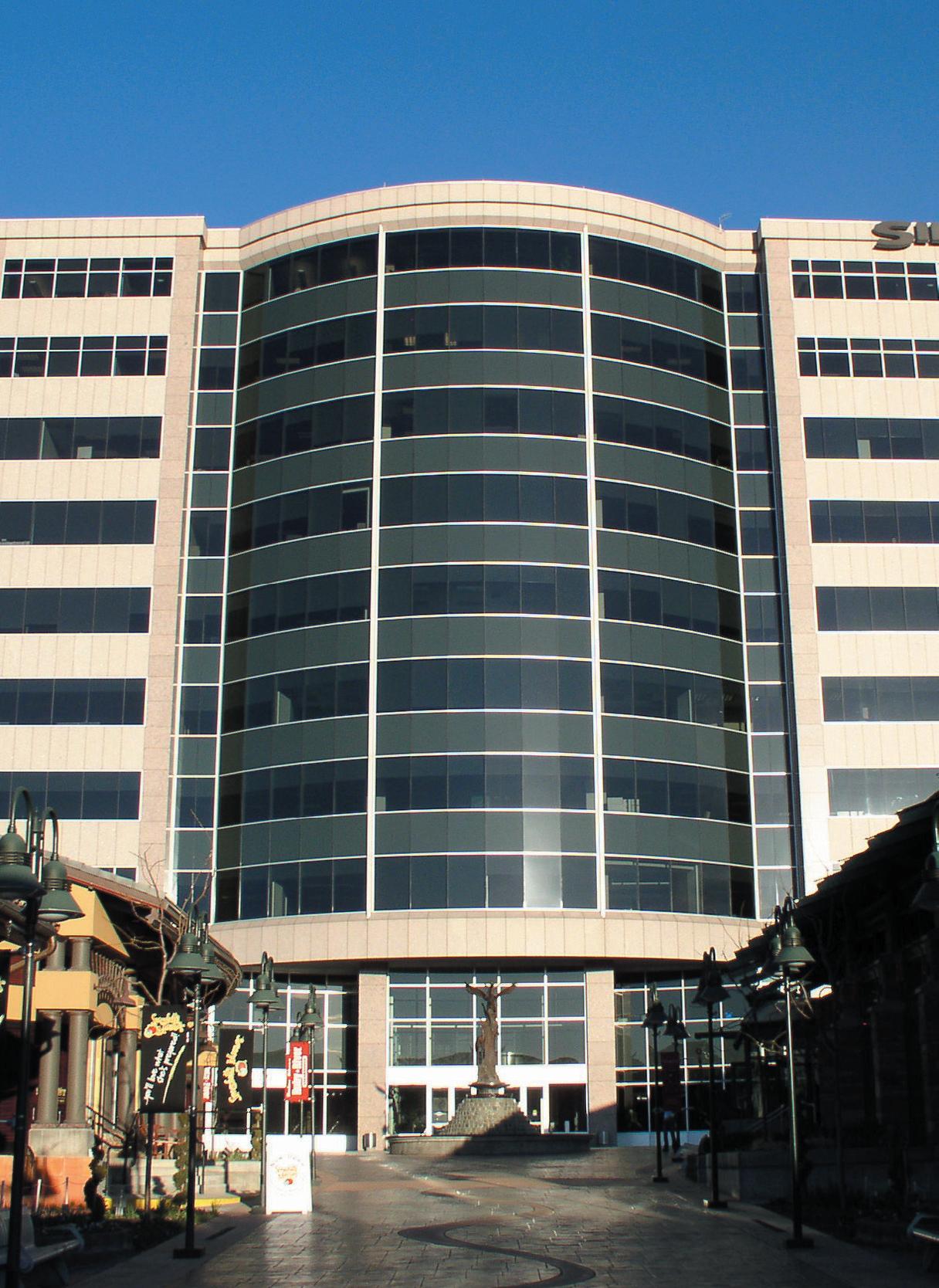
Construction costs in Utah are generally lower than in other major Western U.S. commerce centers. According to the S.R. Means’ January 2004 Construction Cost Index for commercial buildings, the materials and installation costs in three leading Utah business communities—Salt Lake City, Provo and Ogden—is well below the national average. The commercial construction cost in Salt Lake City was 92.6 percent of the national average; in Provo, 91.7 percent; and in Ogden, 90.5 percent.
Two Utah research universities have well-developed, high-level research parks.
The 320-acre park adjacent to the University of Utah campus in Salt Lake City currently houses 51 University entities and 37 private businesses. Together, these organizations employ approximately 6,000 people. Also located at the park is a 200-room hotel, conference center and restaurant complex. Research Park has added more than 4,700 jobs to the Utah economy and has a combined in-state productivity exceeding $550 million.
The Utah State University Innovation Campus currently has 38 acres of space near the Logan campus, plus 265 acres of research preserve near Millville, Utah. Currently, more than 50 business, university and government entities employ more than 2,000 people in 10 privately-developed buildings. The companies collectively generate more than $75 million in annual revenue. Additional buildings and projects are currently being developed. The campus has purchased an additional 112 acres, bringing the total to over 150 acres on the main Innovation Campus. During the next thirty years, the site is projected to grow to 4.4 million square feet of research facilities, employing more than 8,000 people. USU has distinguished itself as a Carnegie Foundation Research I Institution.
For more information about the University of Utah Research Park, contact 801-581-8133, or visit www.research.utah.edu/econ. For more information about the Innovation Campus, call 435-797-9610, or visit www.usu.edu/innovationcampus.
$30 MILLION-PLUS PROJECTS BEGUN IN 2004


COUNTY PARK SIZE IN ACRES
Beaver Beaver City Industrial Park 240
Milford City Industrial Park 10
Box Elder Box Elder County Industrial Park 50
Tremonton City Industrial Park 200
Cache Lewiston Industrial Development Park 350
Logan Quadrangle Industrial Park 2500
Logan River Industrial Park 100
Sorenson Business Park 40
South Main (RDA) 100
Utah State Research & Technical Park 60
Carbon Carbon County Industrial Park 110
The City of Wellington 480
Davis Centerville Industrial Park 109
Freeport
S/N
33 Iron AMPAC Industrial Park 2000 Cedar City Industrial Park 120 Coal Creek Industrial Park 64 Gilbert Development Industrial Park 240
56 Industrial Park 100 Juab Juab Industrial Park 40
Fillmore Industrial Park 300 Hinckley Industrial Park 20 Lynndyl Industrial Park 10 Morgan Airport Industrial Park 10 Morgan City Industrial Park


Utah has more than 100 well-planned, high-quality industrial parks. Lease rates for building space in these industrial parks vary, depending on the location and quality of space. For example, in a metropolitan area, a typical industrial building equipped with sprinklers, truck docks, high ceilings and adequate highway and rail access leases for 26 to 38 cents per square foot per month. Rates for industrial space in non-metropolitan counties vary widely, depending on the quality of the structure and location, but space is typically available for between 22 and 33 cents per square foot.
In Salt Lake County, industrial land ranges upward to $175,000 per acre, with prime land commanding somewhat higher prices. Along the remainder of the Wasatch Front—Utah, Davis and Weber counties—the cost of industrial land can vary widely based on accessibility and other factors, with $75,000 to $110,000 per acre being typical. There is still much land available within minutes of a freeway connection. Outside the Wasatch Front, land prices can range widely, from a few thousand dollars to prices rivaling those of the Wasatch Front. Nearly all of Utah’s counties have at least one developed industrial park.

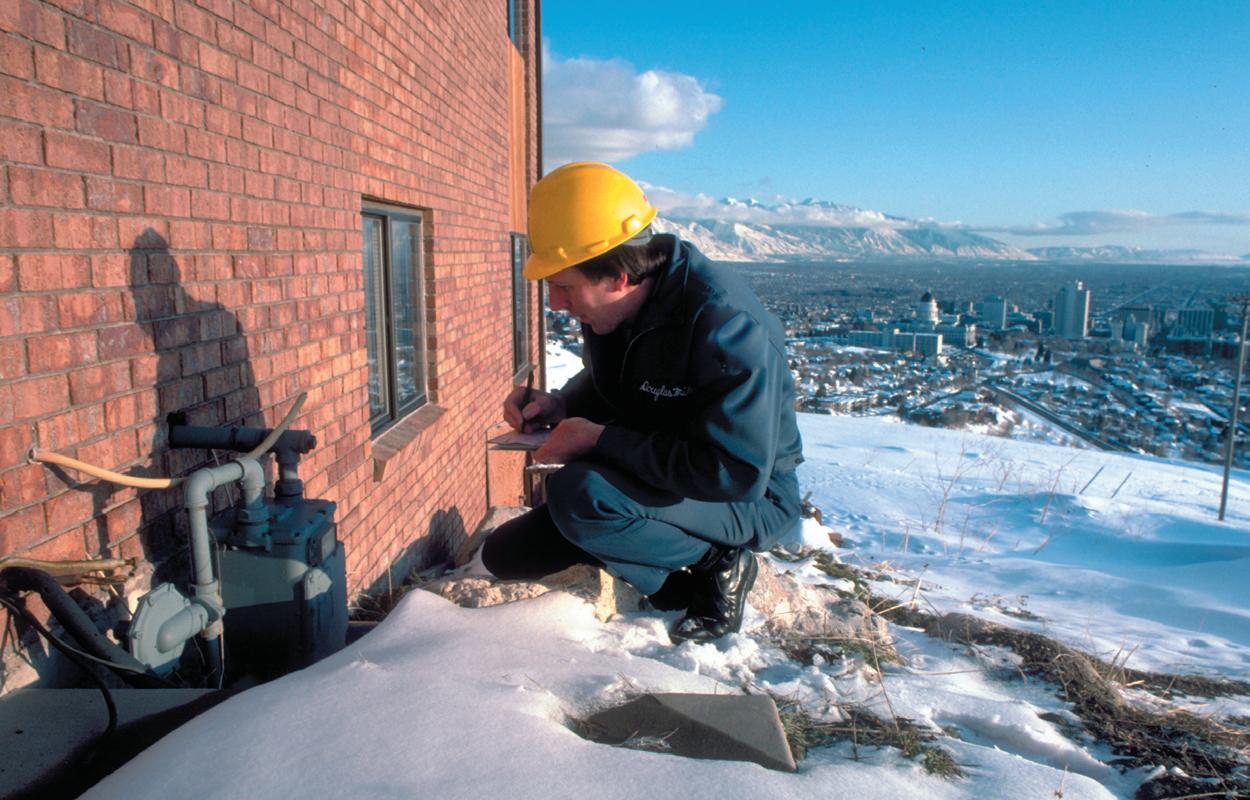


UTAH COMPANIES BENEFIT from cost-effective and stable public utilities. In Utah, the Public Service Commission regulates electric power and natural gas rates of investor-owned utilities, as well as telecommunications. This regulatory body is comprised of a chairman and two commissioners appointed by Utah’s governor, each for six-year terms. Local power boards regulate the state’s municipal power companies. Most of Utah’s water users are served by approved municipal water systems governed by water boards in their respective municipalities.
Natural gas prices in Utah are among the lowest in the nation, aided by Utah’s abundant supply of natural gas and reliable service.

The principal supplier of natural gas in Utah is Questar Gas Company. Half of Questar’s natural gas comes from its own reserves in company-owned wells and is sold to customers at cost-of-service pricing (Questar’s price of producing and transporting the gas) instead of market prices. The cost to develop and deliver this gas is considerably lower and more stable than the cost of gas purchased from third-party suppliers, providing a significant advantage to Utah natural gas customers. Depending on a customer’s usage, Questar can provide firm or interruptible natural gas sales service, or transportation service.
Prices vary according to the type of service and usage level. Currently, approximately 70 percent of Questar Gas rates are determined by the price of natural gas. In recent years, the natural gas commodity market has become more volatile, causing more variation in customer rates. Nevertheless, Utah citizens enjoy far lower rates relative to consumers in other U.S. locations.
For more detailed information on gas rates, contact: Questar Gas Company
Economic Development Department 1140 West 200 South Salt Lake City, Utah 84104 (801) 324-5111
Fax: (801) 324-5517




Utah’s electric power and natural gas rates are among the nation’s lowest Utah enjoys state-of-the-art telecommunications systems, including an extensive fiber optic backbone. High-quality, low-cost groundwater is readily available statewide.


U.S. ELECTRIC POWER INDUSTRY COMMERCIAL AVERAGE RETAIL PRICE PER KILOWATTHOUR BY STATE, 2004

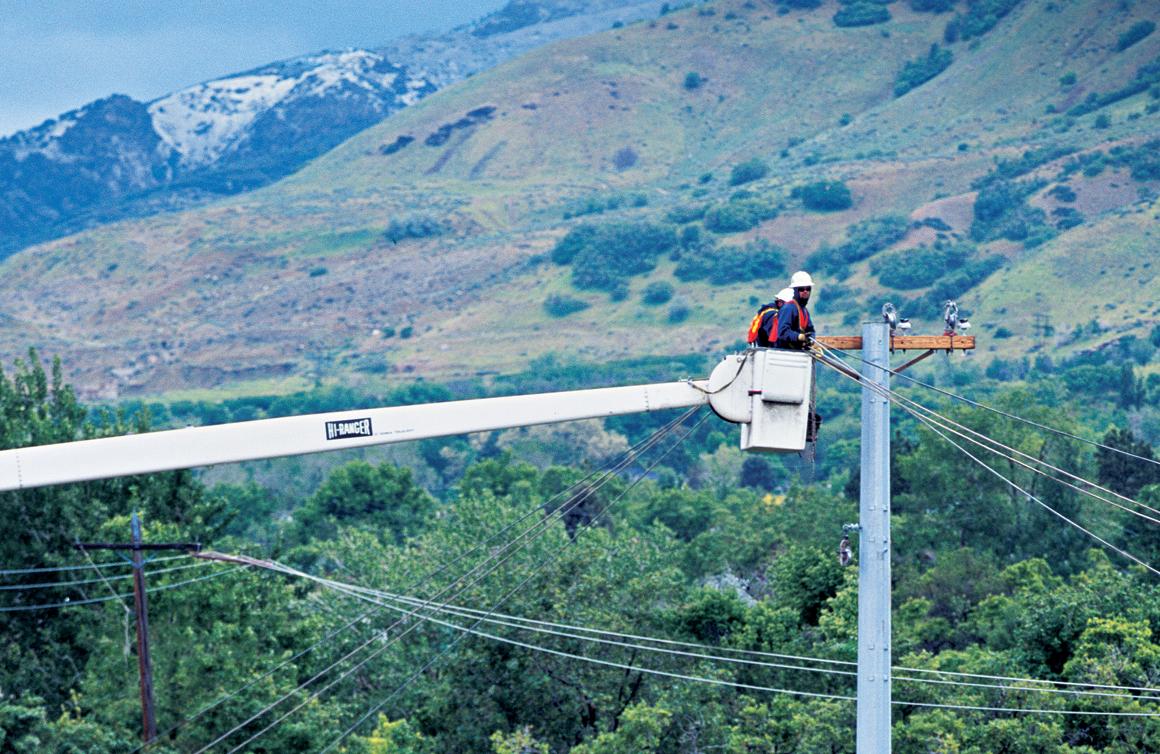
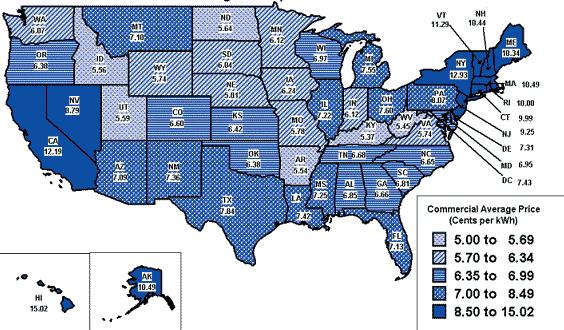
Industrial electric rates in Utah’s major cities compare favorably with those in other U.S. cities. Utah has traditionally been able to escape electricity price spikes that have been common in many West Coast cities. PacifiCorp anticipates that sales growth in urban regions of Utah will rise by about 3.5 percent annually.
Utah Power (a division of PacifiCorp) is the largest electric utility in the state. Forty-two municipalities in Utah provide electric power to their residents.
Currently there are eleven retail providers of electricity certified and regulated by the state’s Public Service Commission: nine rural cooperatives, one electric service district and one investor-owned utility.
According to the U.S. Department of Energy’s Energy Administration, in 2003 Utah residents enjoyed the nation’s sixth-lowest average rates for total kilowatt hours (5.41 cents, compared with a national average of 7.42 cents); the seventh lowest residential average price (6.9 cents; national average, 8.70 cents); the fifth lowest commercial price (5.69 cents; national average, 7.98 cents); and the third lowest industrial price (3.79 cents; national average, 5.13 cents).
Utah has become a telecommunications hub in the Western United States. Telephone service providers in the state process more than two million inbound calls daily.
Qwest (formerly US West) has invested more than $1 billion in Utah’s telecommunications infrastructure. Currently, more than 90 percent of all access lines are served by electronic switching centers. Every wire center in Qwest territory has been equipped with DSL service and integrated services digital networks (ISDNs). Qwest has also developed a fiber optic line running from Logan in the north to St. George in the south, which connects into Qwest’s larger national network.
In addition, AT&T and Comcast have invested several hundred million dollars in building telecommunication infrastructure to serve commercial and residential customers in the state. Comcast’s transcontinental fiber cable enters Salt Lake City via Parleys Canyon and terminates in a switching center downtown, before branching off to Seattle and San Francisco. This transcontinental cable can handle 1.3 million calls daily.
The Utah Telecommunications Open Infrastructure Agency (UTOPIA) is one of the world’s largest and most innovative public telecommunications projects. UTOPIA is a consortium of 14 Utah cities spread from Tremonton to Cedar City engaged in deploying and operating a 100-percent, ultrabroadband fiber optic network to provide data, video and telephone services to every business and household within its footprint, serving approximately 450,000 Utah citizens. There are currently four providers offering broadband services on the UTOPIA network: AT&T, MStar, Xmission and Veracity.
Other major telecommunications providers in the state include XO Utah, McCloud, Sprint, MCI, Electric Lightwave and US Tel. Approximately 100 telecom providers have been certified by the state’s Public Service Commission to provide local exchange and other services.
Utah is a progressive state in providing technology deployment to rural areas. Fiber Optics, DSL and other leading-edge technologies are available to businesses, residents, schools and libraries in most rural communities throughout the state.
For more information about Utah’s telecommunications industry and providers, visit the Public Services Commission Website at http://www.psc. utah.gov.
One of Utah’s most valuable natural resources is the high-quality groundwater available throughout most of the state. Virtually all of Utah’s municipal waterworks systems have access to springs and wells. Although Utah is located in an arid region, the mountain watershed areas, which feed the state’s natural and man-made storage systems, receive up to 60 inches of precipitation annually. The yield from the Utah watershed, combined with yield from rivers flowing throughout the state, provide a sufficient water supply to meet the needs of an expanding population and economy.
Utah’s water is supplied to users by a number of improvement districts, water districts and local communities—most of which are not controlled by the Public Service Commission.








UTAH IS A GREAT PLACE to visit and an excellent place to live. The state captivates visitors and residents alike with its 13 renowned ski resorts, five national parks, year-round recreation, spectacular and unique scenery, distinguished arts and culture. In Utah, at various times during the year, it is possible to ski and golf, snowmobile and water-ski on the same day.
In addition to its extraordinary scenery, recreation and cultural opportunities, Utah is safe, clean and affordable, creating exceptional quality of life for the state’s residents.



HIGHLIGHTS


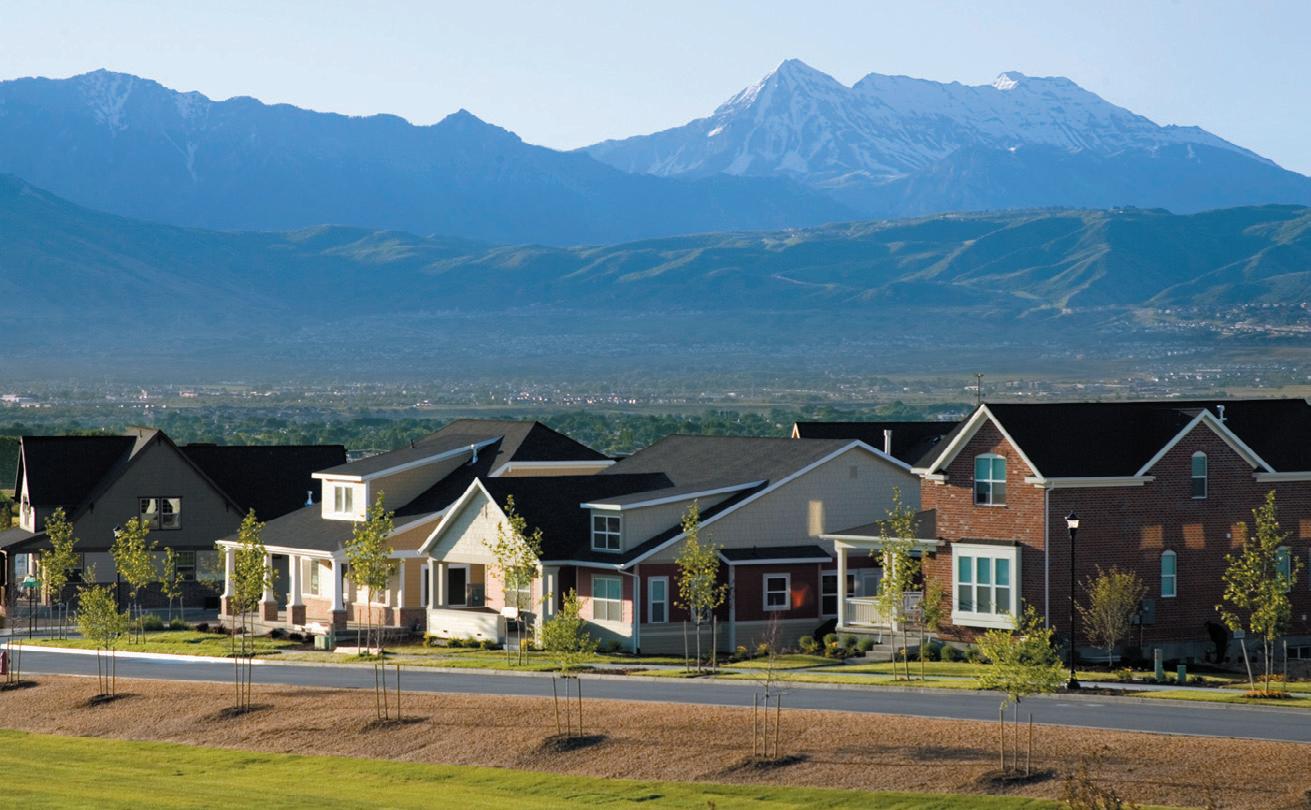


Utah’s four-season climate is healthy and invigorating. The state’s elevation ranges from a low of 2,200 feet in southwestern Washington County to more than 13,500 feet in the northeastern Uinta Mountains. The average maximum daytime temperature for Utah’s metropolitan area ranges from 37 degrees in January to 93 degrees in July.
Low humidity and plentiful sunshine are two hallmarks of Utah’s climate. In Salt Lake County, and many other areas in the state, the summer daytime relative humidity averages less than 30 percent, and sunny skies prevail for an average of 237 days per year. The air quality in the vicinity of Capitol Reef National Park is the best among the lower 48 states.
Annual precipitation varies from less than five inches in Utah’s arid Great Salt Lake Desert to more than 60 inches in the northern mountain ranges. In the state’s most densely populated counties—Davis, Salt Lake, Utah and Weber—precipitation averages six inches per year. Snow accumulates to depths of 10 feet or more at some Wasatch Mountain ski resorts; at some locations, the season-long snow total will be 40 to 50 feet.
The uniquely dry and powdery snow along the Wasatch Front has earned Utah the moniker “The Greatest Snow on Earth®.”
Utah’s cost of living is well below national levels, according to most indicators. Residents of the state have access to excellent health and medical treatment
Utah offers a wealth of world-class outdoor recreation opportunities.
The dry, powdery snow found at Utah’s 13 Al e to be “the greatest snow on earth ”
13 Alpine ski resorts is widely considered
Southern Utah has the nation’s greatest concentration of national parks: Arches, Canyonlands, Bryce, Zion and Capitol Reef.
Utah arts enthusiasts enjoy a unique mix of exceptional performing arts experiences. Utah sports fans support a variety of professional teams, including he Jazz (basketball), The Grizzlies (ice hockey), The Bees (baseball) and, most recently, Real Salt Lake (soccer).



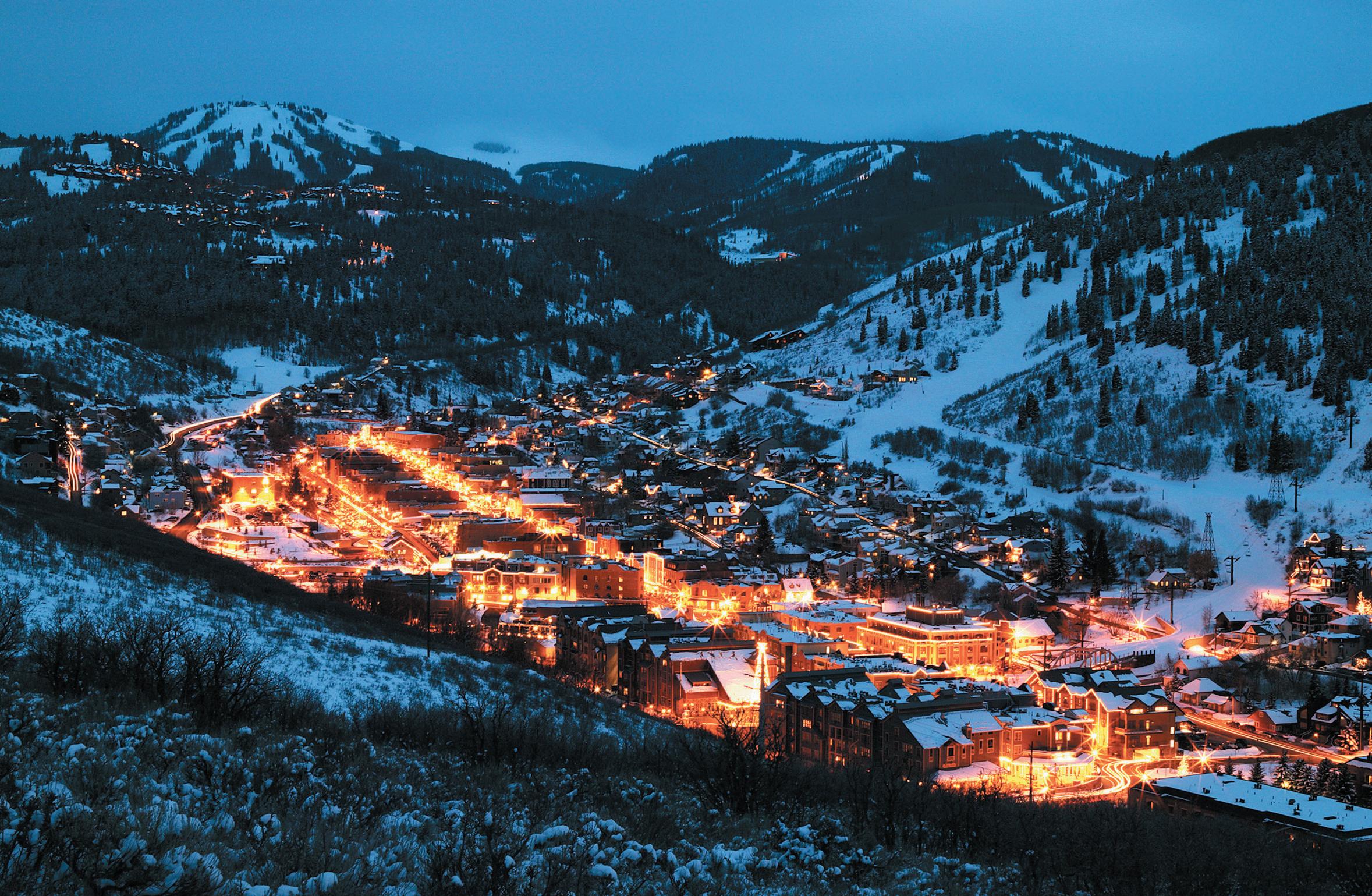
The cost of living in most Utah communities is generally well below the national average, according to the American Chamber of Commerce Researchers’ Association’s Cost of Living Index. Salt Lake City’s cost of living, while slightly above the national average, compares favorably with most major U.S. urban centers. Residents in the Provo-Orem, Logan, Cedar City and St. George areas enjoy a cost structure that is well below the national average.
According to the Utah Association of Realtors, from the first quarter of 2004 to the first quarter of 2005, the average sales price for homes in Utah increased from $178,401 to $207,242 ($163,790 to $183,842 when excluding Park City). For more information on local and state home prices, visit http:// www.utahrealtors.com.
Utah residents are favored with some of the lowest violent crime rates in the U.S. According to the 2004 Federal Bureau of Investigation’s Uniform Crime Rate Reports, Utah’s violent crime rate of 248.6 per 100,000 people is the eighth lowest in the nation, far below the national average of 475.0 per 100,000 people.
According to the U.S. Department of Health and Human Services, Utah’s population has the fourth-longest life expectancy in the nation. The health of the state’s residents is further improved by the high-quality medical care available throughout Utah. Some 50 hospitals contain more than 4,800 staffed beds. Major medical facilities are concentrated in the Wasatch Front region, with 19 hospitals in Salt Lake County, four in Utah County, four in Davis County and two in Weber County.
The University of Utah Health Sciences Center is nationally-known for its patient care and teaching facilities. The Center includes the University Hospital, the School of Medicine and the School of Nursing.
Utah’s research facilities, such as the Huntsman Cancer Institute, the Howard Hughes Medical Institute, the Moran Eye Institute and Primary Children’s Medical Center, are internationally recognized for innovative research and health care.

Utah’s healthcare industry is buttressed by the state’s position as a leading center for biotechnology research and industry. The University of Utah has identified more disease-related genes than any other university in the world. Utah is home to superior research through the world’s largest family history database, along with clinical data regarding cancer occurrences in families.
Utah’s research universities and companies such as Myriad Genetics and NPS Pharmaceuticals are pioneering groundbreaking research in human genomics. In addition, innovations in proteomics, targeted drug therapies and drug delivery systems, and other advanced technologies will continue to keep Utah on the forefront of biotechnology.
For more information on Utah’s biotechnology industry, as well as the state’s other leading economic clusters, visit http://goed.utah.gov/initiatives/clusters/ utah.html.
From February 8 through February 24, 2002, Salt Lake City hosted the XIX Olympic Winter Games. Along with more than 2,000 athletes from 85 nations, nearly 3.5 billion people from around the world witnessed the Games on television. In Addition, the VIII Paralympics Winter Games were hosted from March 7 through March 16, 2002. More than 1100 athletes and officials participated.
Eleven venues were selected to house the Olympics’ athletic events, including a newly-built, state-of-the-art skating rink and the world´s fastest luge track. All of the Olympic venues are open to the public, allowing visitors to experience the sites firsthand and share in history. Visit http://www.utah.com/olympics for more information.
Utah’s 13 downhill and six cross-country ski resorts provide some of the world’s finest skiing and snowboarding. Low humidity and low mountain temperatures result in the dry powder snow for which Utah has become famous. The state’s heavy snowfall (up to 500 inches at some resorts) extends the Utah ski season from mid-November through early May. For more information, visit www.skiutah.com.
There are also plenty of opportunities for snowshoeing, ice climbing and snowmobiling on 850 miles of groomed trails running through fascinating and spectacular topography that ranges from rugged mountains to redrock.
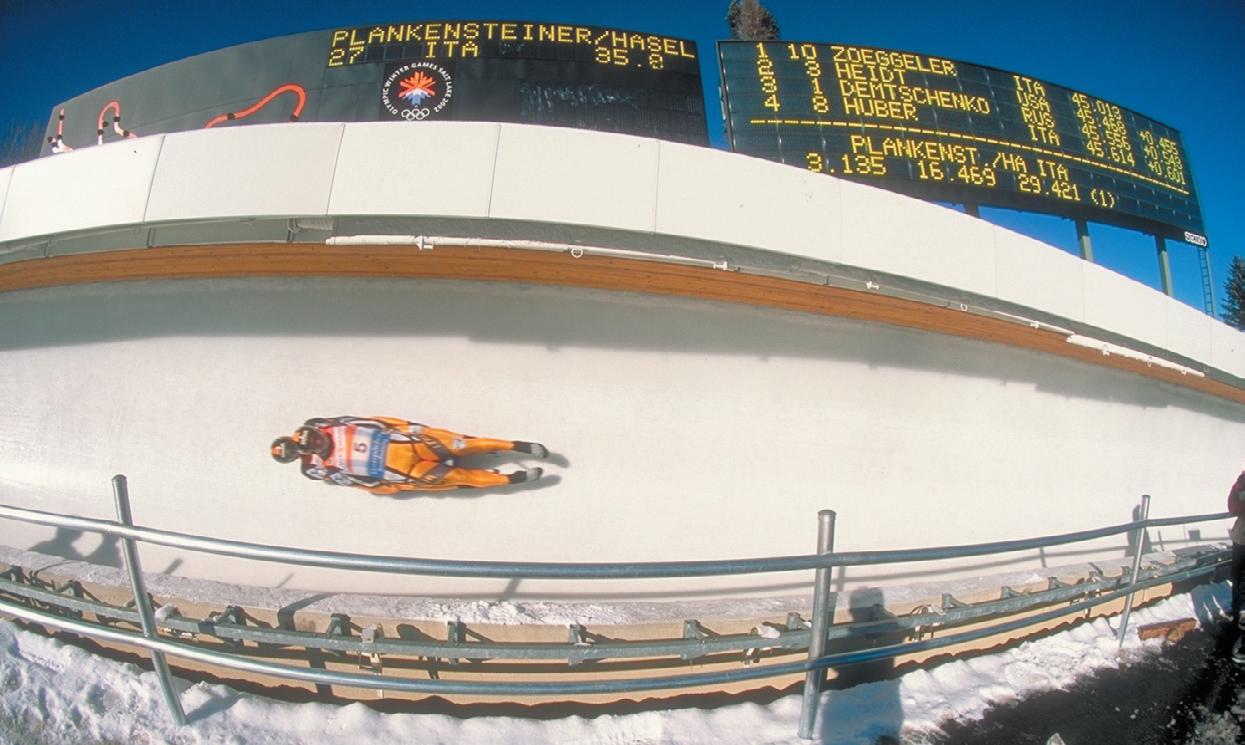
Utah’s outdoors offers enough activities to fill many lifetimes of summer recreation opportunities, including camping, hiking, mountain biking, rock climbing, fishing, hunting and countless other activities in some of the most varied, unique and spectacular scenery anywhere. The state is also a global destination for water sports enthusiasts seeking adventure in whitewater rafting or kayaking, boating, jet skiing and scuba diving.
Utah’s mountains and redrock deserts offer compelling options for mountain bikers and touring cyclists of all ages and abilities. Moab is one of the leading U.S. cycling hubs, and most of Utah’s ski resorts offer bike rentals as well as numerous mountain trails.
For more information, contact Bicycle Utah at 801-649-5806, or visit http:// bicycleutah.com.
Seven of Utah’s most popular trail systems are being expanded and united to form the Utah Trailways, totaling more than 938 miles. Most trails are located close to the state’s primary population centers, providing quick access to walking, biking, hiking, horseback riding and off-roading in the midst of varied and spectacular scenery.
For more information about Utah’s trailways, visit http://www.utahtrails.com or http://www.utah.gov/visiting/stateparks.html.
PARKS, MONUMENTS AND RECREATION AREAS
Southern Utah contains the greatest concentration of national parks in the U.S. The state’s national parks are regularly recognized as among the most beloved national parks by visitors in the United States and from around the globe. In addition, Utah’s seven national monuments, two national recreation areas, one national historic site and many state parks and recreation areas provide outdoor enthusiasts with unique and varied opportunities.
For more information, contact the Utah Office of Tourism (801) 538-1030 or visit http://www.utah.com.
Utah boasts rich artistic and cultural resources. The Utah Arts Council represents 172 theatre, 108 dance and 497 music organizations, including The Utah Symphony, Ballet West, and the Utah Opera Company.
Utah is also home to a number of distinguished festivals and other cultural events, including the Tony Award-winning Utah Shakespearean Festival and the Sundance Film Festival.
For more information, visit http://www.utah.com/arts.

Utah Olympic Oval
5662 South 4800 West (Cougar Lane) Kearns, Utah (801) 968-OVAL (6825)
Speed Skating
Salt Lake Ice Center/Delta Center 301 W. South Temple Salt Lake City, Utah www.deltacenter.com
Figure Skating/Short Track Skating
E Center
3200 S. Decker Lake Dr. West Valley City, Utah Ice Hockey
The Peaks Ice Arena
100 No. Seven Peaks Blvd. Provo, Utah Ice Hockey
Ice Sheet at Ogden 4390 Harrison Blvd. Ogden, Utah Curling
Park City Mountain Resort 1310 Lowell Avenue
Park City, Utah
Giant Slalom, Snowboarding Parallel and Halfpipe
Deer Valley Mountain Resort 2250 Deer Valley Drive
Park City, Utah
Slalom, Freestyle Aerials and Freestyle Moguls
Utah Olympic Park
Olympic Parkway and Highway 224 at Kimball Junction Park City (435) 658-4200
Bobsleigh, Luge, Skeleton, Ski Jumping & Nordic Combined
Soldier Hollow (Wasatch State Park) 2002 Soldier Hollow Drive near Midway (435) 654-2002
Biathlon, Cross-Country Skiing
Snowbasin Ski Resort
Highway 167 (Trapper’s Loop) (801) 399-0304
Downhill, Super G, Combined Downhill/Slalom
Rice Eccles Olympic Stadium
University of Utah Campus
Salt Lake City
Opening & Closing Ceremonies, Home of Olympic Cauldron
Olympic Village University of Utah Campus
Salt Lake City
Athlete Village
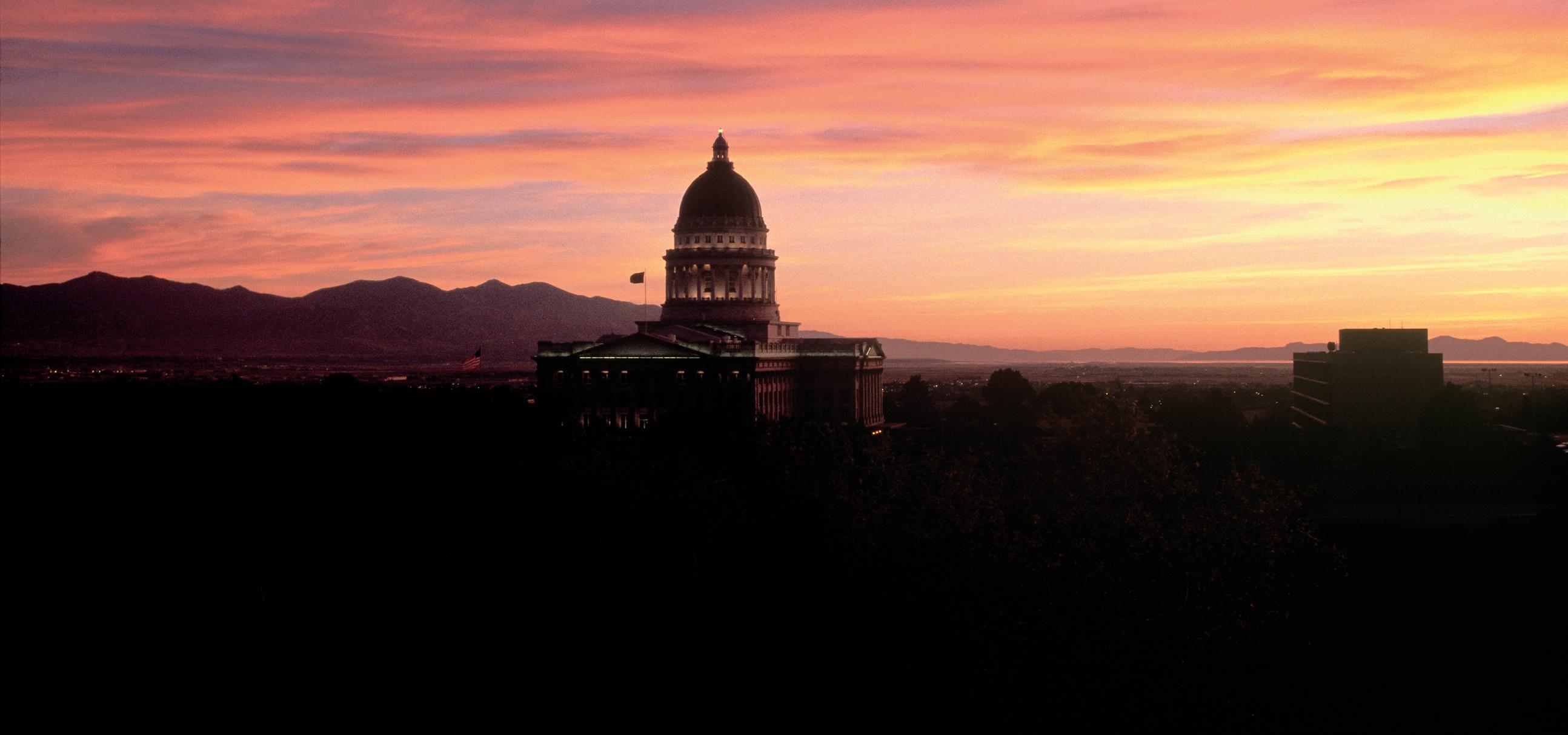
Garfield Garfield County Economic Development 55 South Main, P.O. Box 77, Panguitch, UT 84759 (435) 676-1157
Grand Grand County Economic Development 89 East Center, Moab, UT 84532 (435) 259-1370
Iron Iron County Industrial Development
Juab Juab County Economic Development Agency
Kane Kane County Economic Development
N. Main Street, Cedar City, UT 84721 (435) 586-2950
North Main Street, Room 102, Nephi, UT 84648 (435) 623-3400
135 W. Kanab Creek Drive, Kanab, UT 84741 (435) 644-8841
Millard Millard County Economic Development Association P.O. Box 854, Delta, UT 84624 (435) 864-1406
Morgan Morgan County Economic Development
Piute Piute County Economic Development
Rich Bear Lake Regional Commission
Salt Lake Economic Development and Community Resources Division
San Juan San Juan Development Council
Sanpete Sanpete County Economic Development Commission
Sevier Sevier County Economic Development
1270 W. Old Highway Road, Morgan, UT 84050 (801) 845-4008
550 N. Main Street, Junction, UT 84740 (435) 577-2949
2661 US Highway 89, P.O. Box 26, Fish Haven, ID 83287 (208) 945-2333
2001 South State Street, Suite N4300, Salt Lake City, UT 84190 (801) 468-2181
117 S. Main Street, Monticello, UT 84535 (435) 587-3235
191 North Main Street, Manti UT 84642 (435) 283-4321
250 North Main, Richfield, UT 84701 (435) 896-9262
Summit Summit County Economic Development PO Box 128, Coalville, UT 84017 (435) 366-3120
Tooele Tooele County Economic Development
Uintah Uintah County Economic Development
Utah Utah County Business Development
Wasatch Wasatch County Economic Development
Washington Washington County Economic Development Council
Wayne Wayne County Economic Development
Weber Ogden/Weber Chamber of Commerce
47 South Main Street, Tooele, UT 84074 (435) 843-3160
147 E. Main Street, Vernal, UT 84078 (435) 781-6731
100 East Center Street, Suite 3200, Provo, UT 84606 (801) 370-8100
P.O. Box 427, Heber, UT 84032 (435) 654-3666
225 South 700 East, St. George, UT 84770 (435) 652-7750
P.O. Box 132, Bicknell, UT 84715 (435) 425-3930
2393 Washington Boulevard, Suite 400, Ogden, UT 84401 (435) 621-8300
